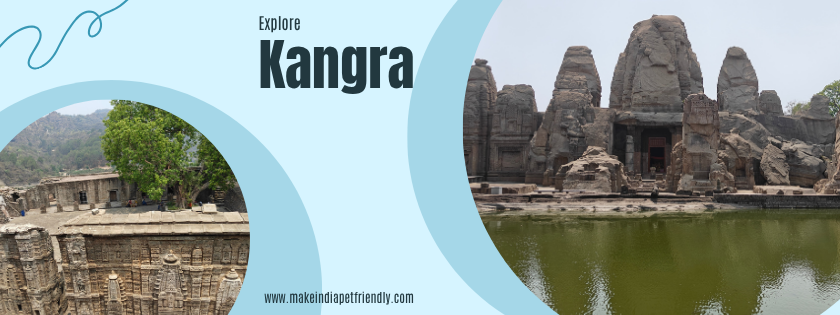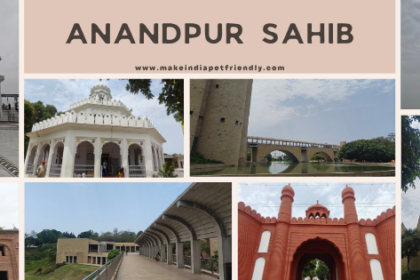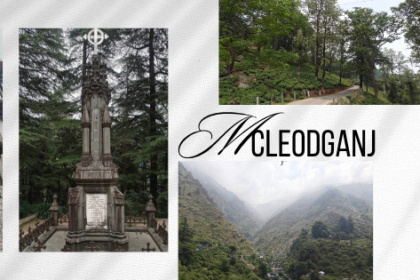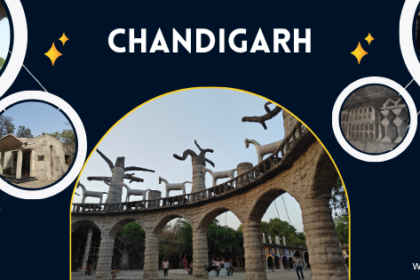To read the previous blog on Day 04: Mcleodganj, click here.
Day 05: Kangra.
Kangra, a picturesque district in Himachal Pradesh, is celebrated for its breathtaking landscapes, deep-rooted cultural traditions, and historical landmarks. It is home to the iconic Kangra Fort, the renowned Kangra school of miniature painting, scenic tea gardens, and ancient temples. The district is embraced by the towering Dhauladhar range and is a popular destination for trekking and nature lovers.
Kangra is also spiritually significant, housing three prominent Shakti Peeths: Brajeshwari Devi (Kangra Devi) Temple, Jwalamukhi Temple, and Chamunda Devi Temple. These sacred shrines are among the 51 Shakti Peethas, believed to be the spots where parts of Goddess Sati’s body fell after her self-immolation, making them vital pilgrimage sites for devotees.
High in Himachal Pradesh’s Kangra Valley lies the awe-inspiring Masroor Temple—a magnificent complex hewn directly from the mountainside. Often referred to as the “Ellora of Himachal Pradesh,” its detailed carvings and mysterious past captivate every visitor. Regarded as one of the world’s marvels, Masroor Rock-Cut Temple stands among only four such monolithic temples in India, alongside the Rathas of Mahabalipuram, the Kailasa Temple at Ellora, and the Dharmanath Temple at Dharmar in Rajasthan.
On April 4, 1905, a devastating earthquake struck the Kangra Valley and surrounding regions in Himachal Pradesh. Measuring 7.8 on the surface wave magnitude scale, the quake claimed over 20,000 lives. It caused widespread destruction, flattening most buildings in the towns of Kangra, McLeodganj, and Dharamshala, leaving a lasting impact on the area’s architecture and history.
Kangra Fort
Kangra Fort, located near Dharamshala in Himachal Pradesh, is an ancient architectural gem that dates back to the 4th century BC. Built by the Katoch dynasty, it is the largest fort in the Himalayas and among the oldest in India. Believed to be around 4000 years old, the fort has witnessed epic events—from the era of the Mahabharata to invasions by Mahmud of Ghazni, the Mughals, and later the British.
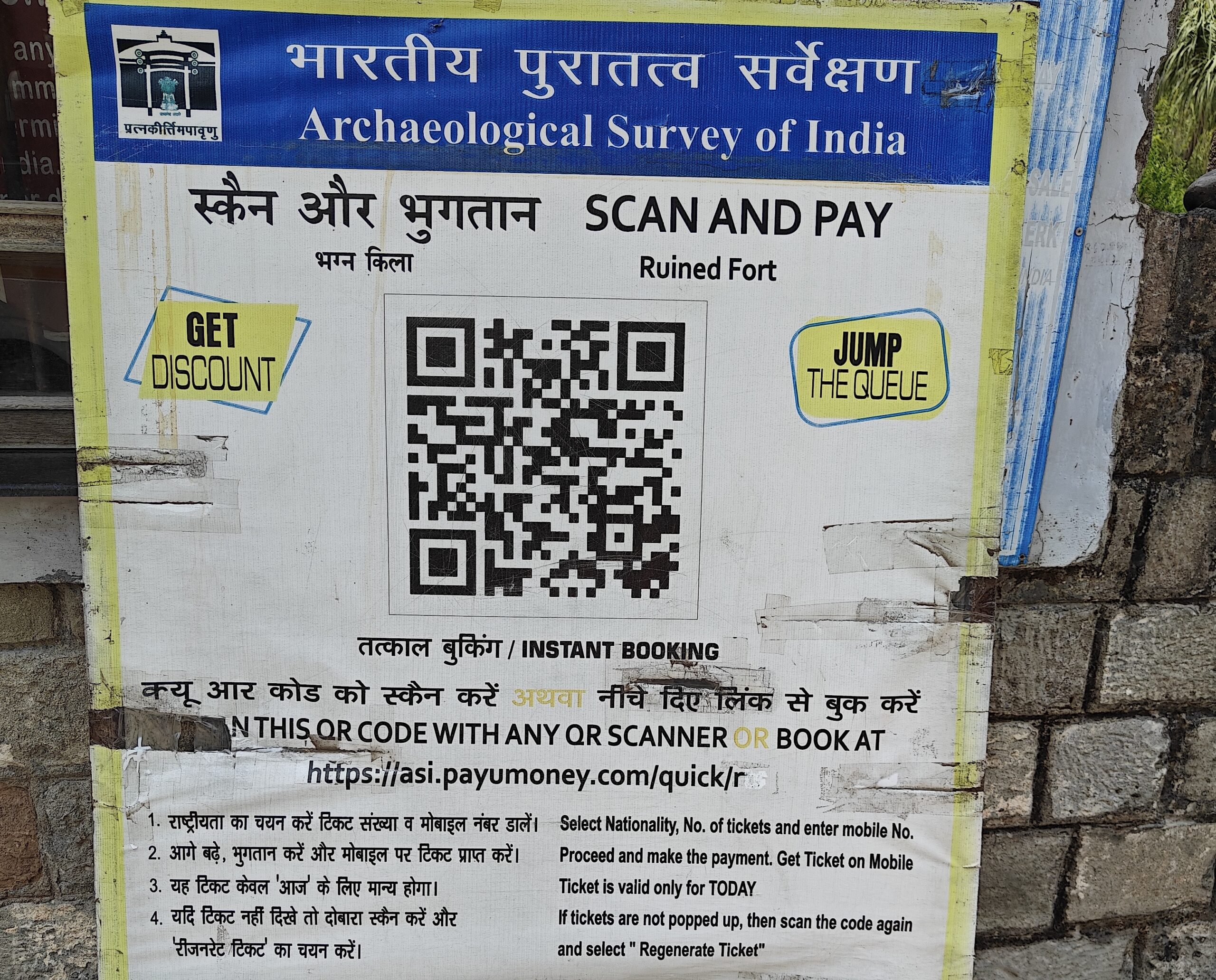
Entry tickets must be purchased online by scanning a barcode at the main gate, which redirects to the Archaeological Survey of India’s website. Tickets are priced at just ₹40 per person.
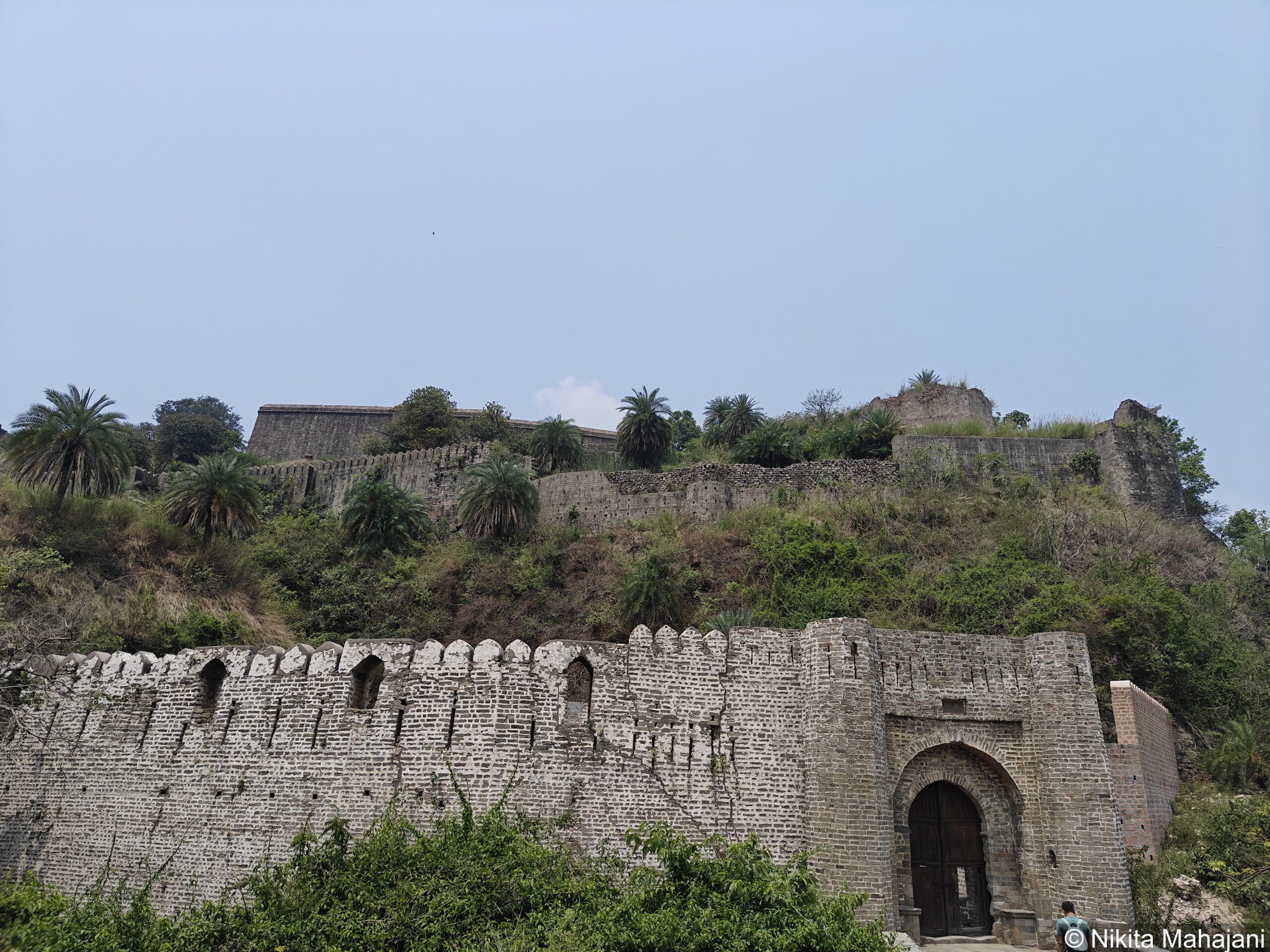
Reaching the fort is convenient, with road access right up to the entrance, followed by an easy walk. Inside the complex is the sacred temple of Maa Ambika Devi. From the fort’s highest point, visitors are treated to breathtaking views of surrounding forest-covered hills. The fort’s architecture is a striking blend of ancient and medieval influences, featuring massive walls, multiple gateways, and temples spread across its wide expanse. It has endured numerous invasions and looting, once holding immense strategic and cultural value. Though partially damaged in the 1905 earthquake, the structure still stands as a majestic symbol of Kangra’s storied history.
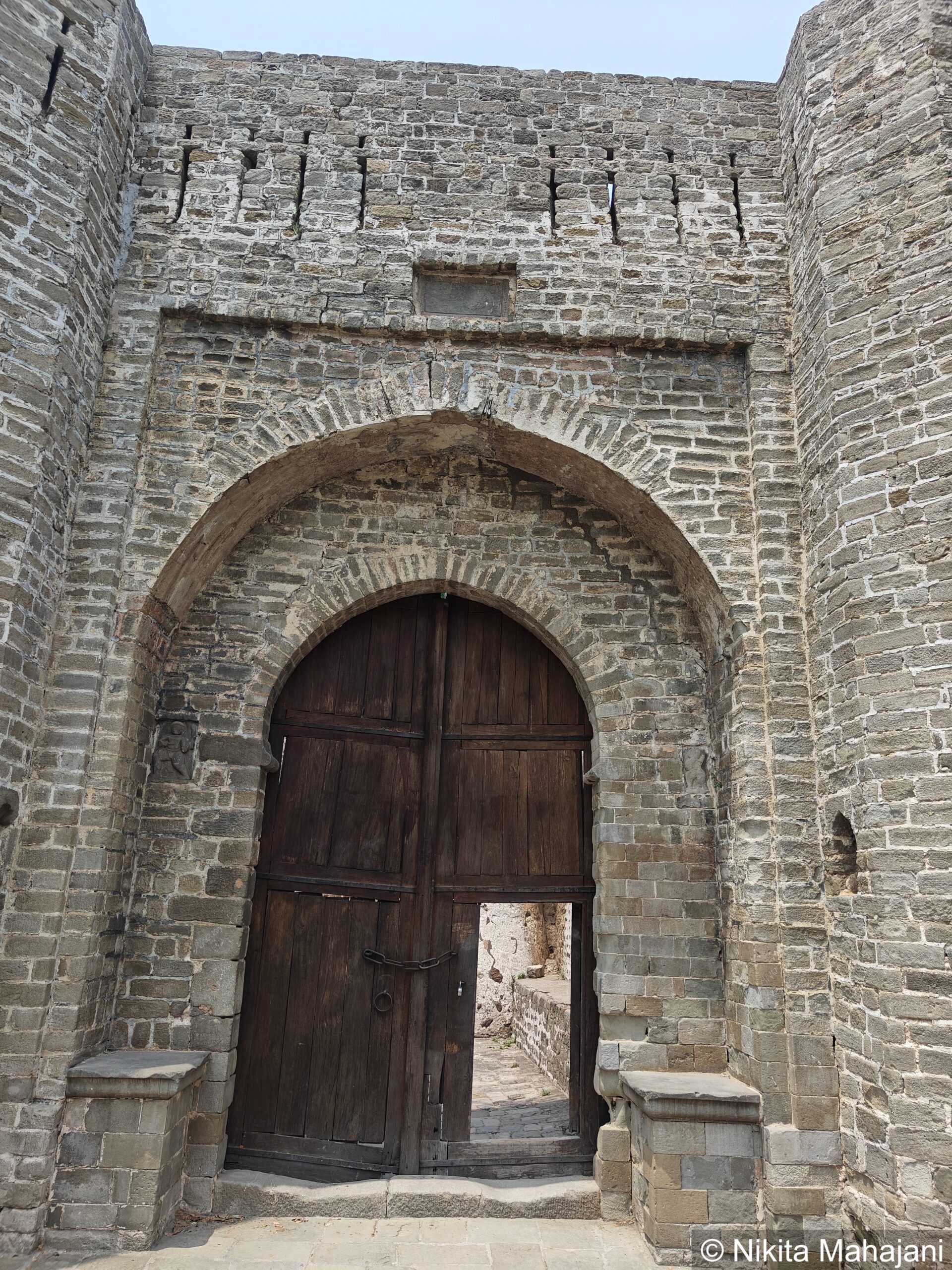
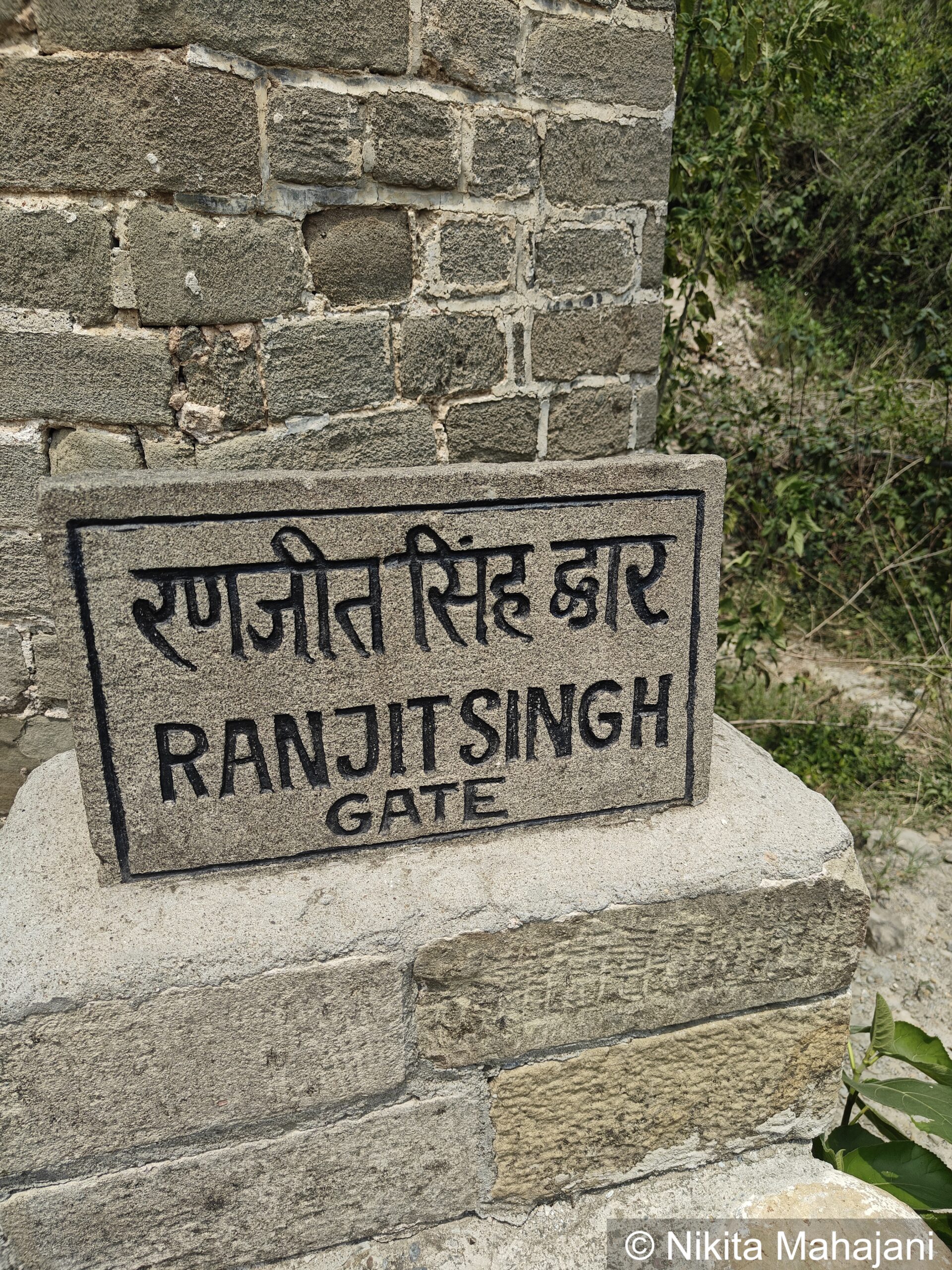
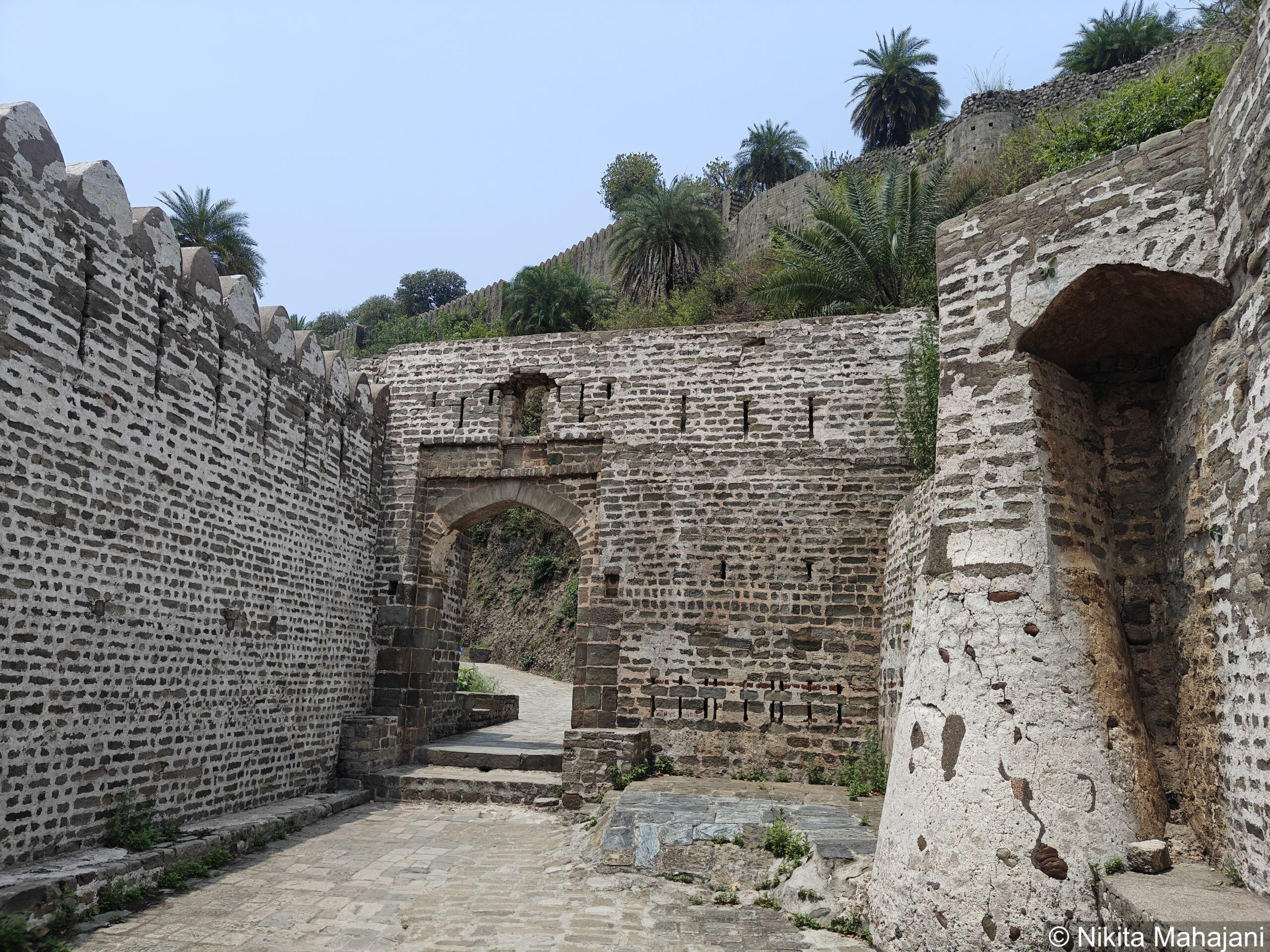
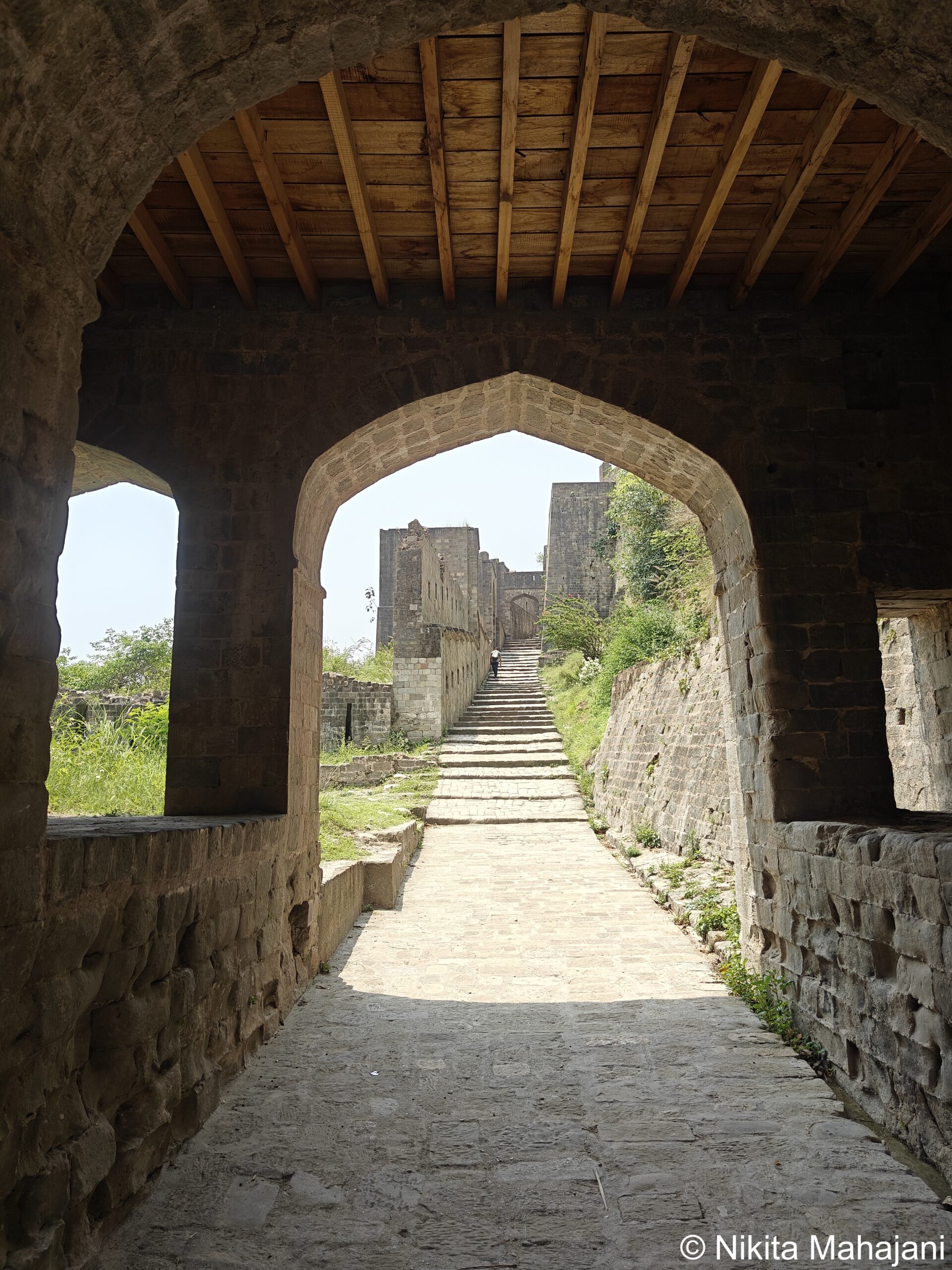
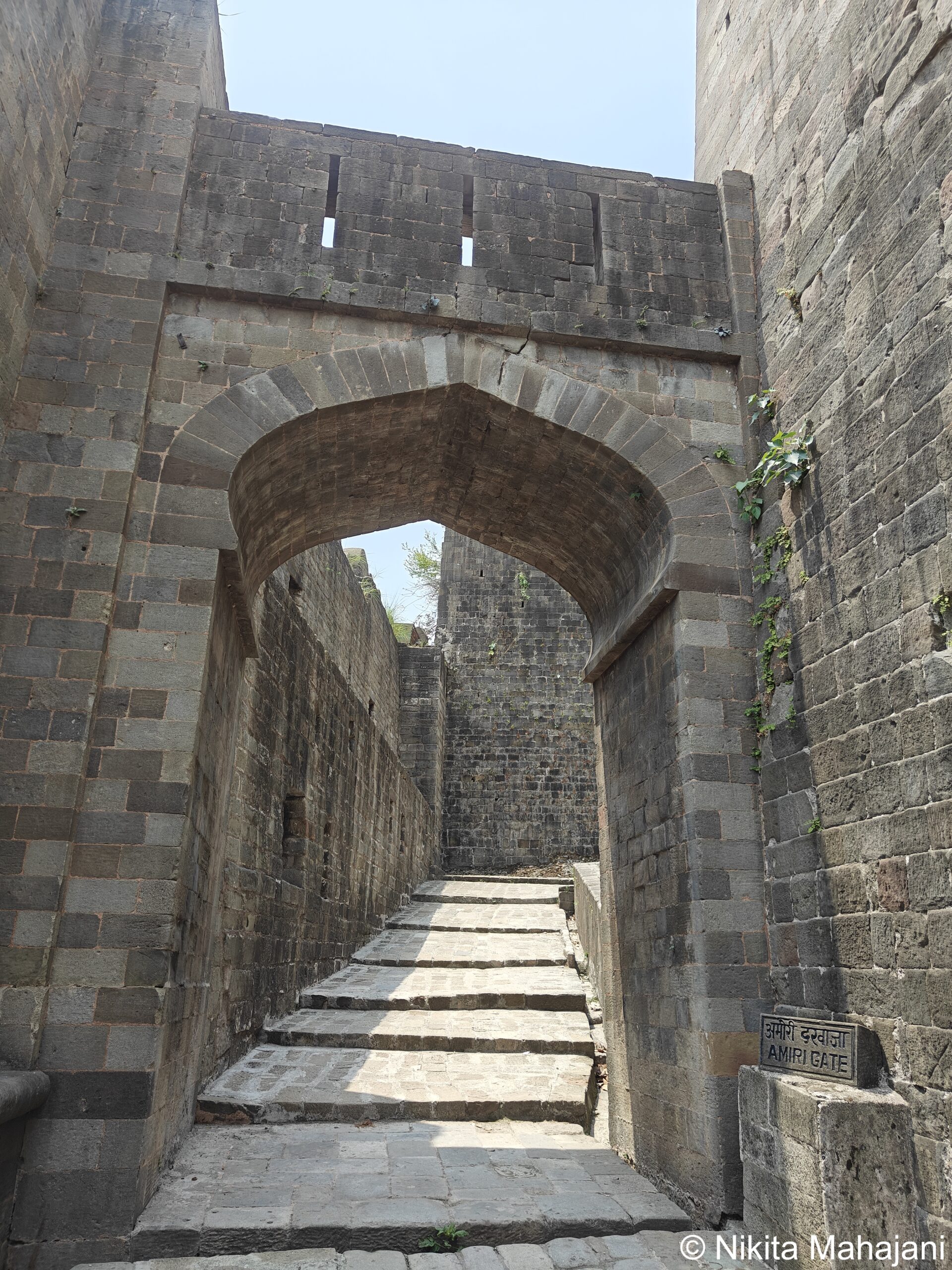
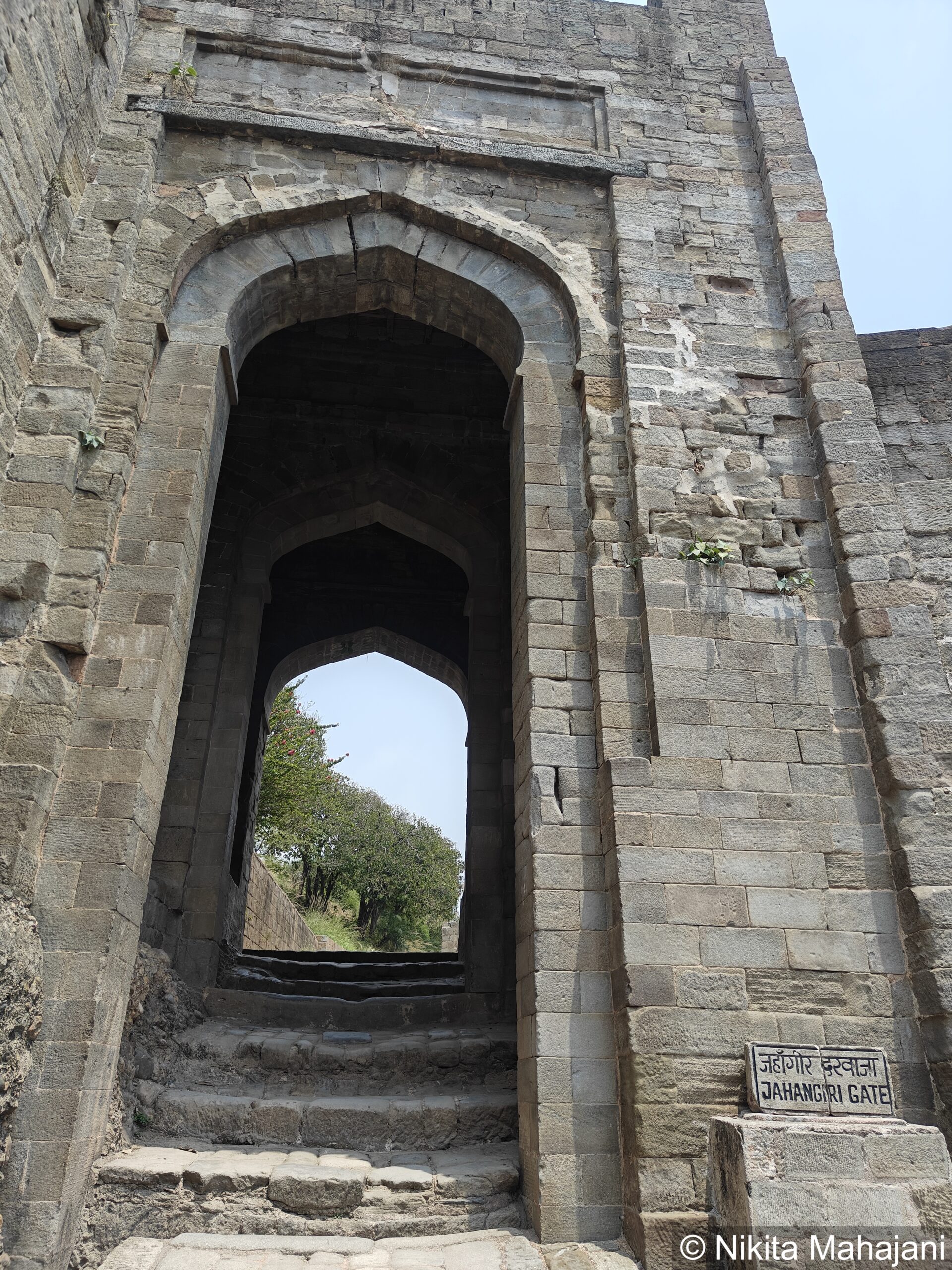
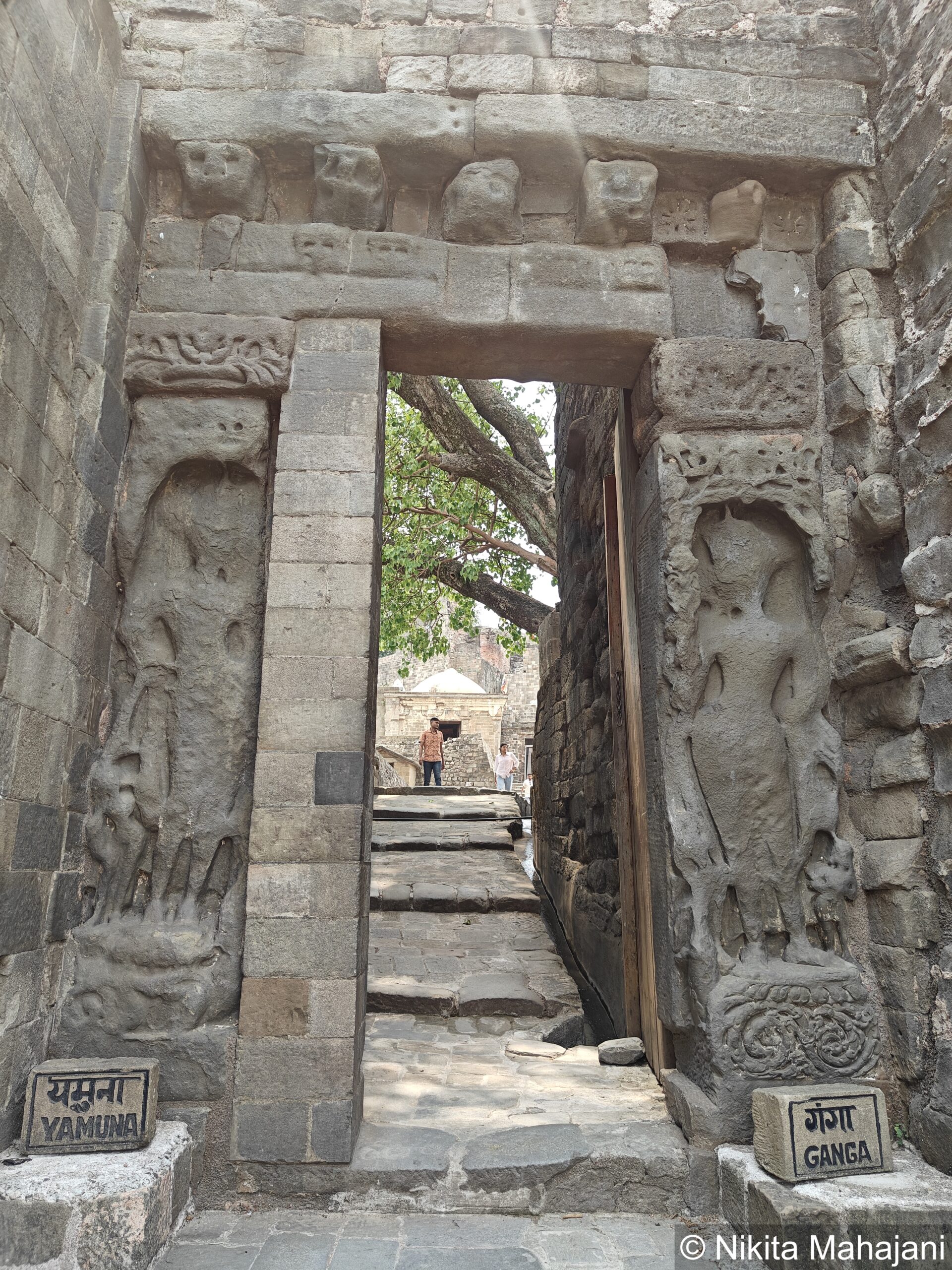
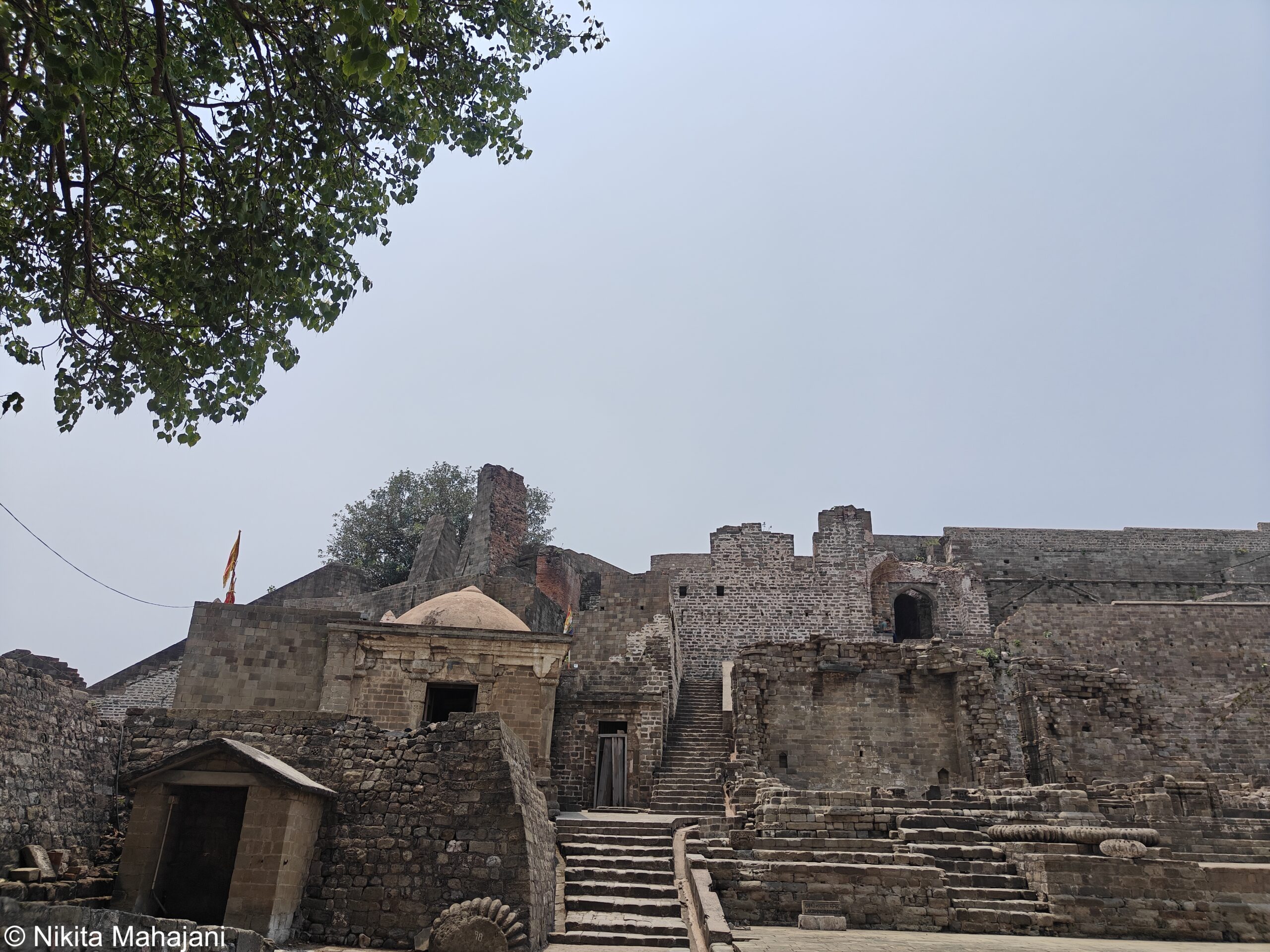
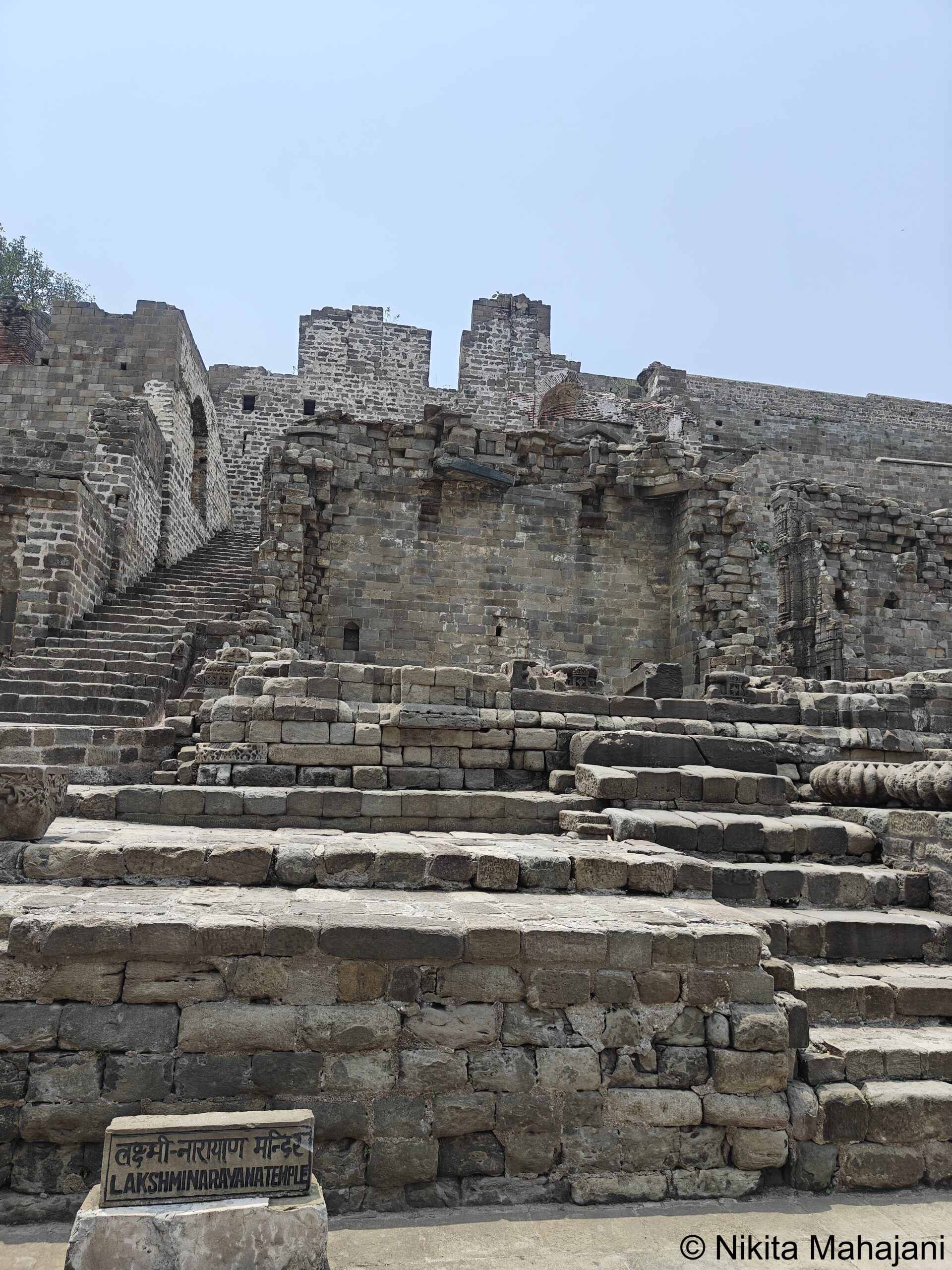
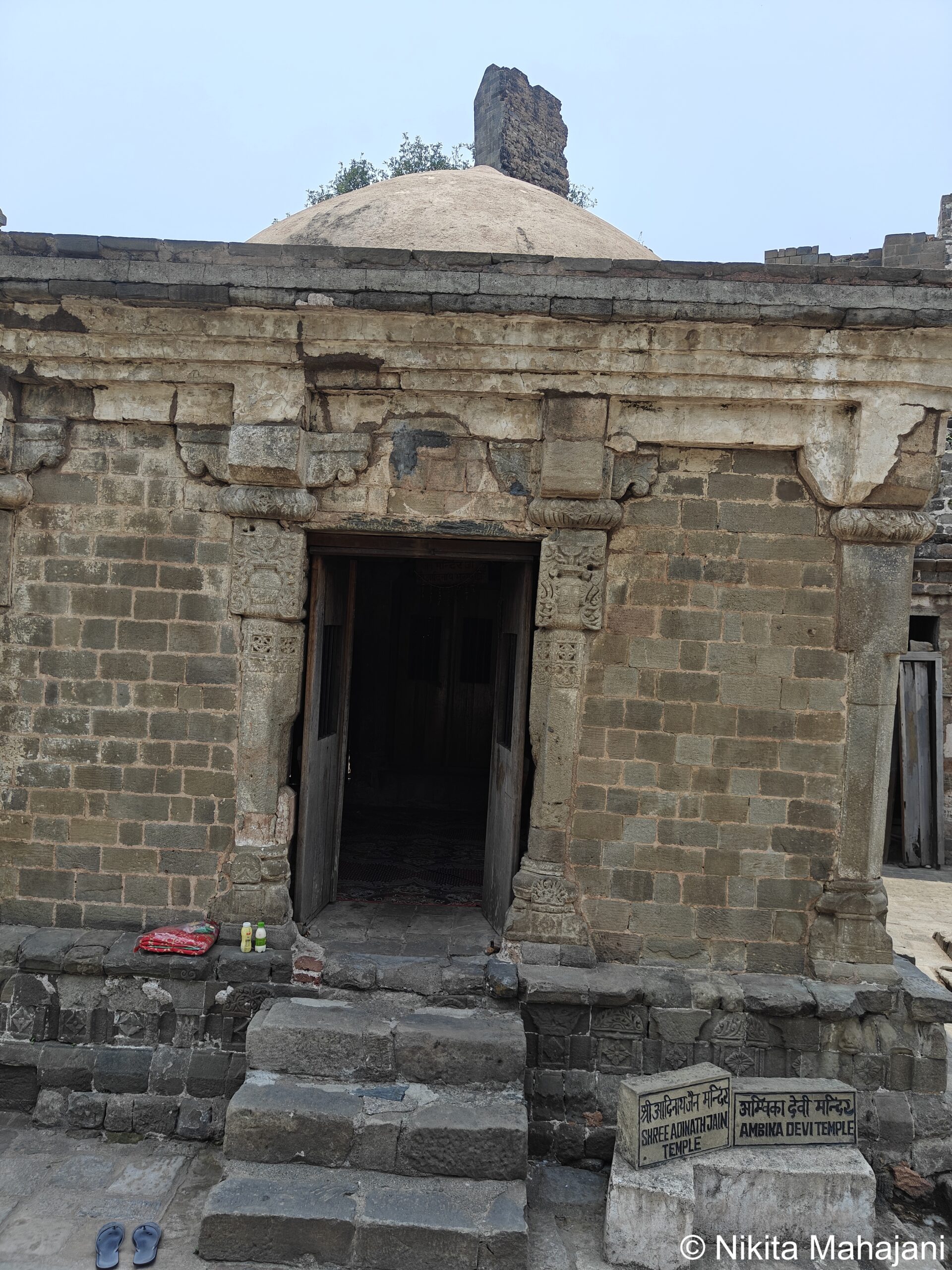
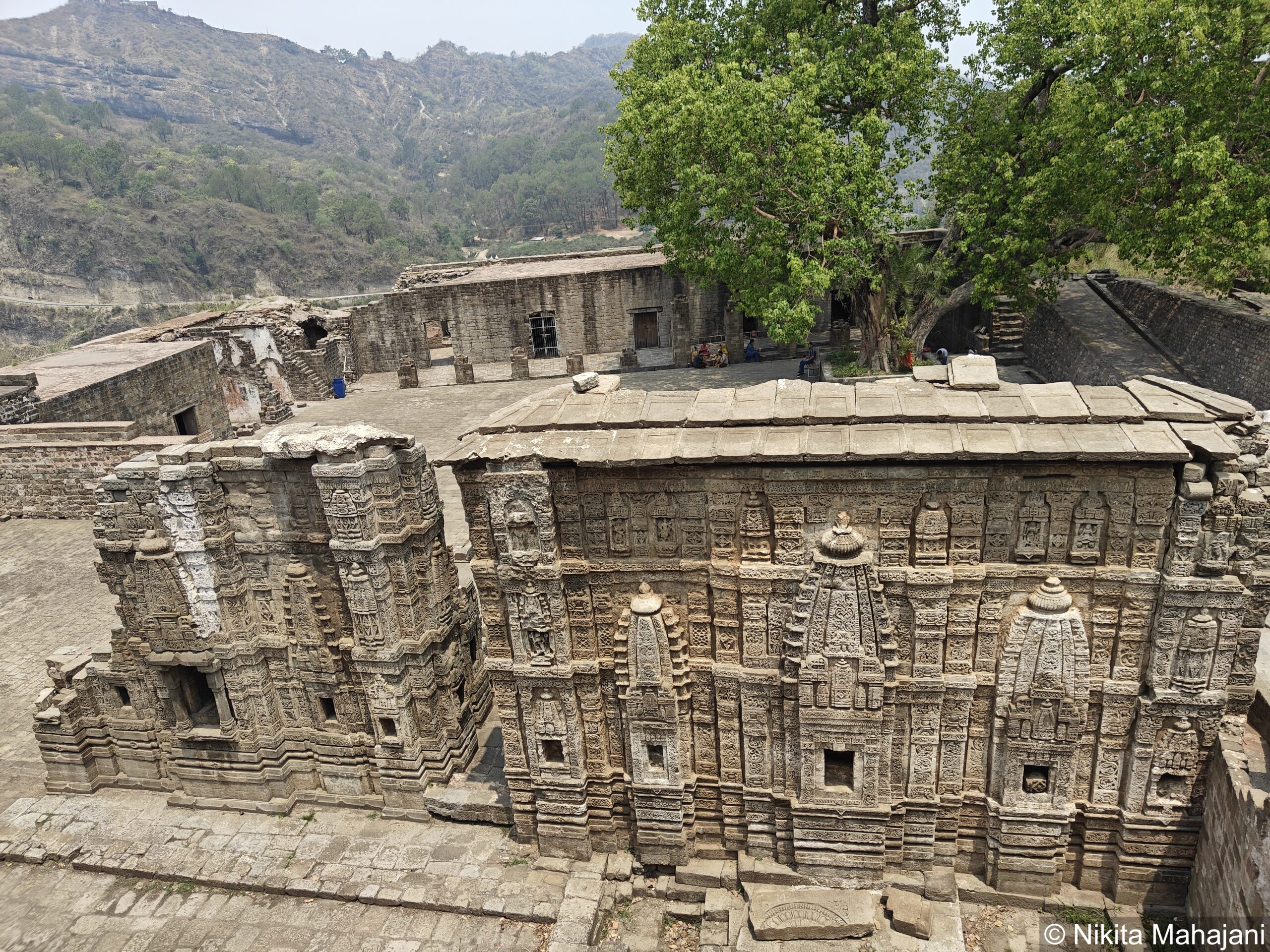
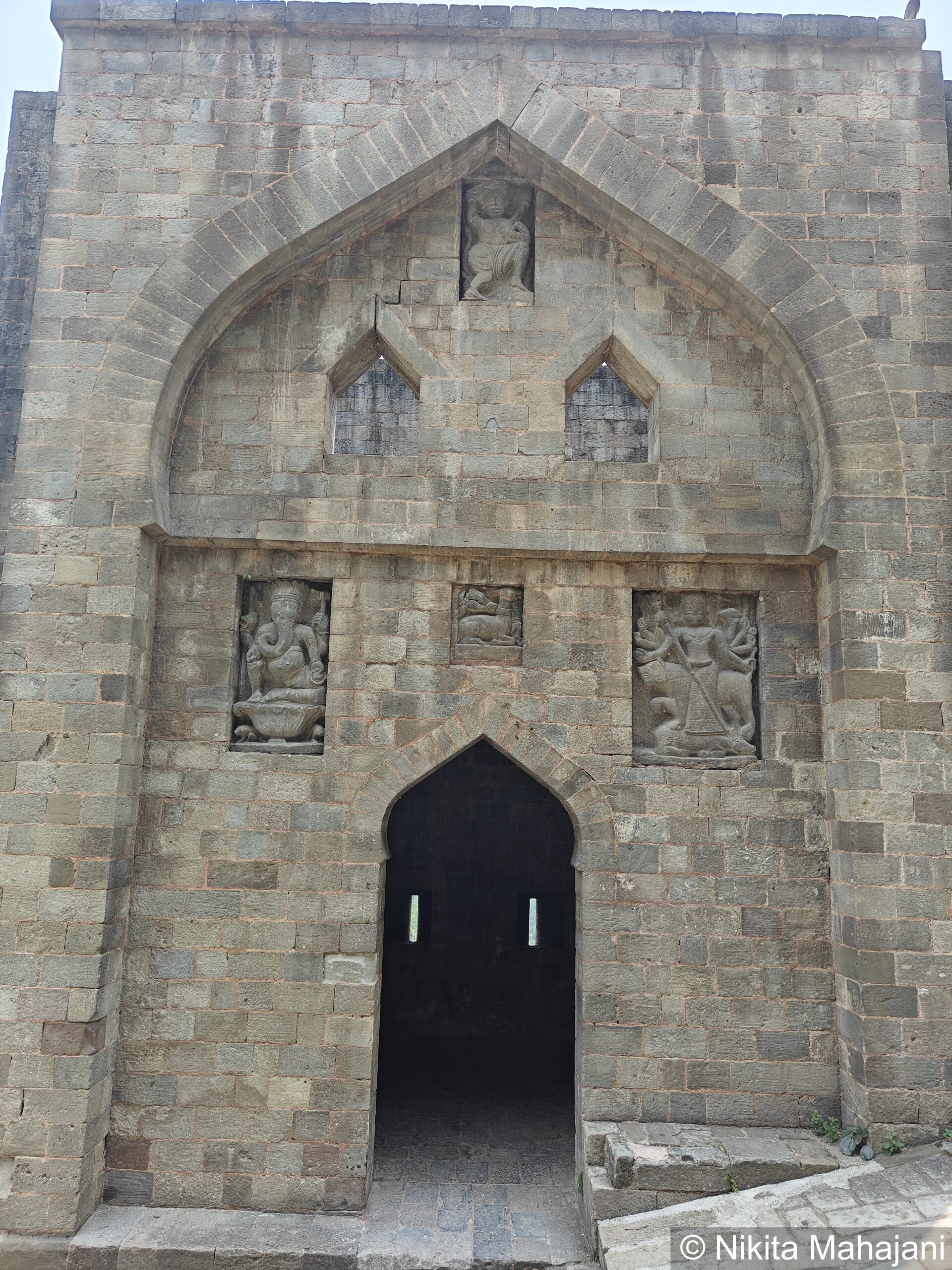
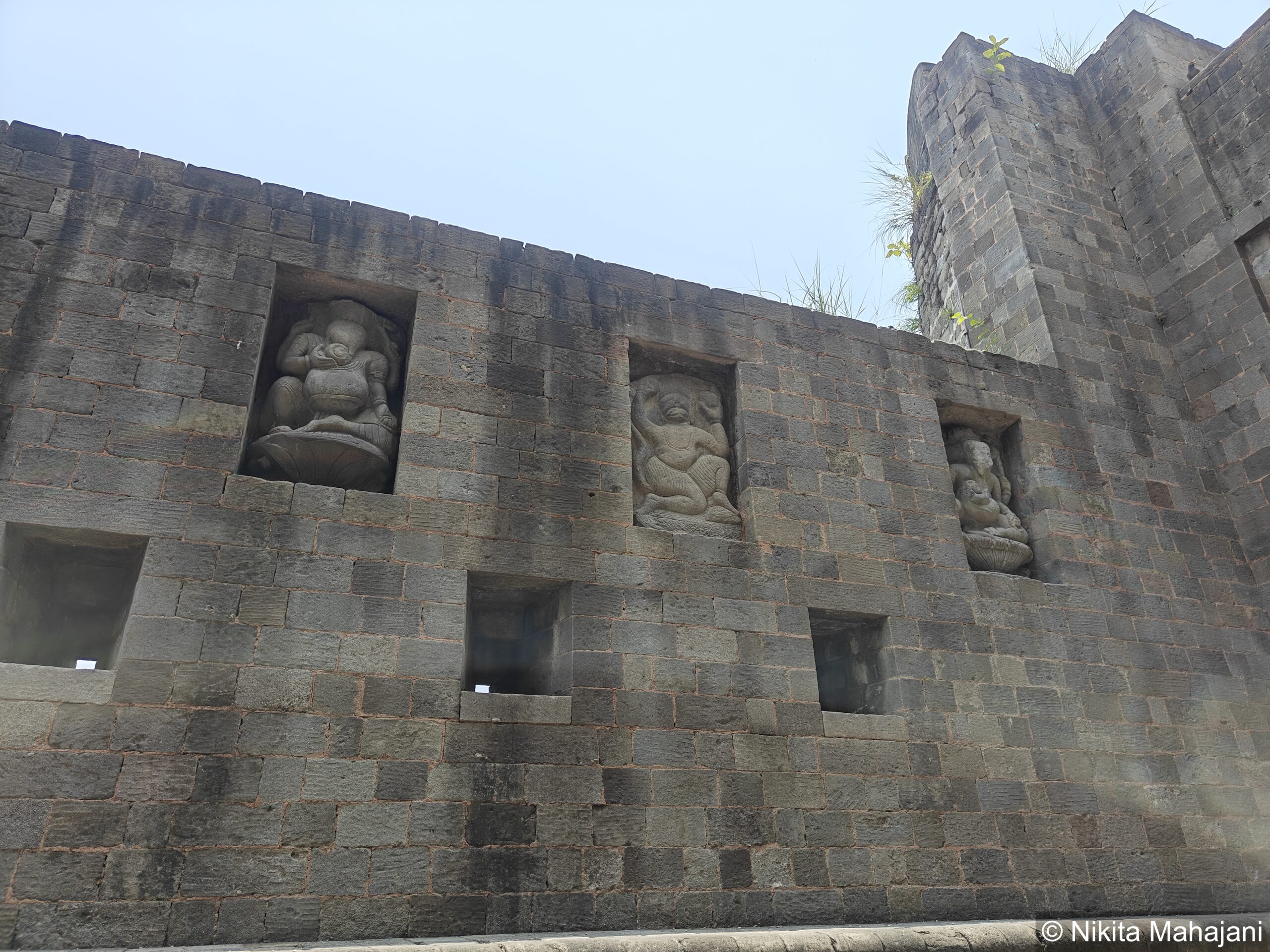
After visiting the Kangra Fort, we started the journey Masroor Rock cut temple. On the way we stopped for a quick lunch break at Sharma Punjabi Dhaba. There are no descent hotels on this route.
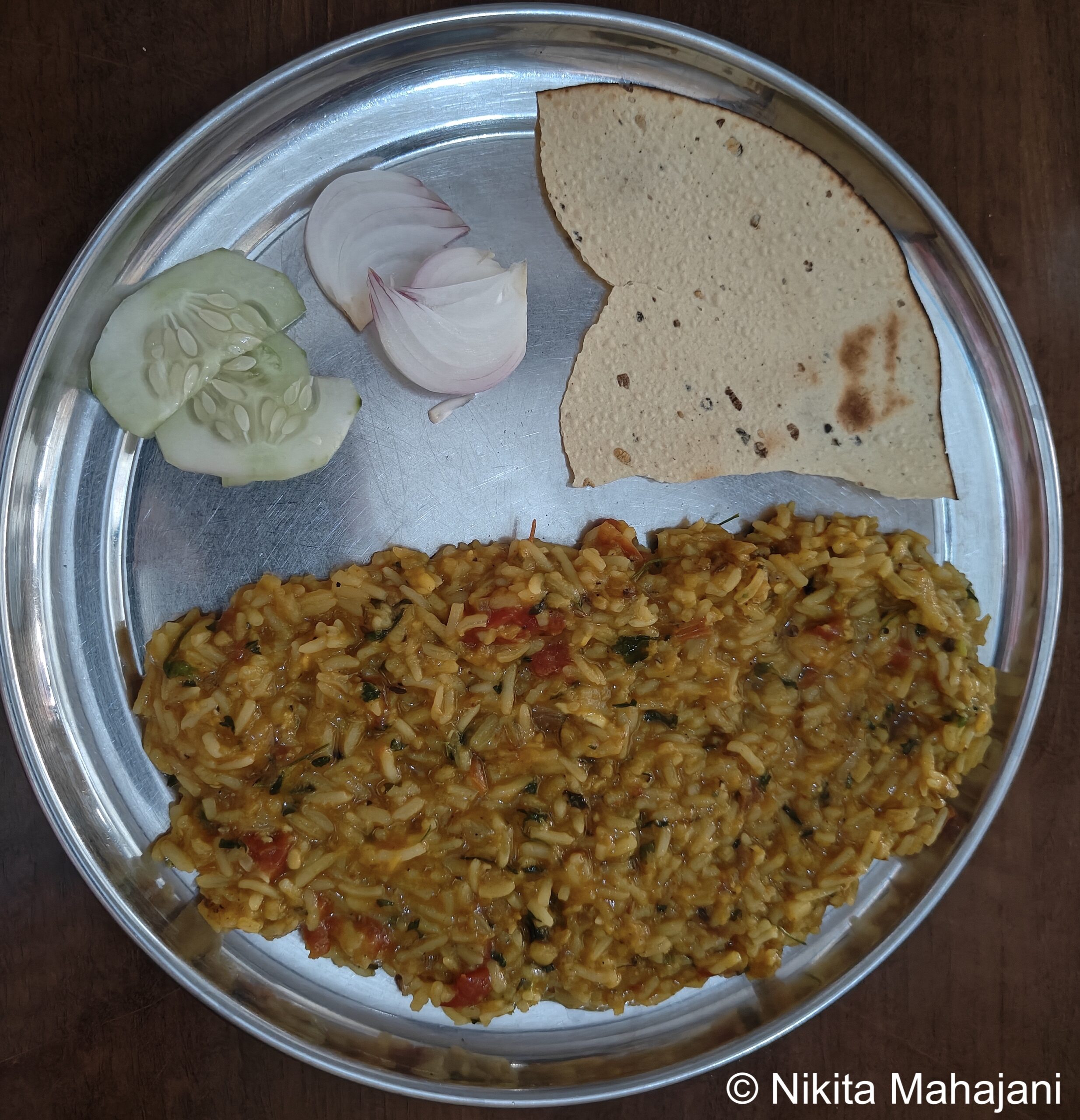
Masroor Rock cut temple.
The Masroor Temples, also known as the Rock-Cut Temples of Masroor, are a remarkable group of rock-carved Hindu temples dating back to the early 8th century. Located in the Kangra Valley near the Beas River in Himachal Pradesh, these temples face northeast towards the majestic Dhauladhar mountain range. Built in the Nagara style of North Indian temple architecture, they are dedicated to various Hindu traditions including Shiva, Vishnu, Devi, and Surya, with iconography that suggests a monotheistic influence.
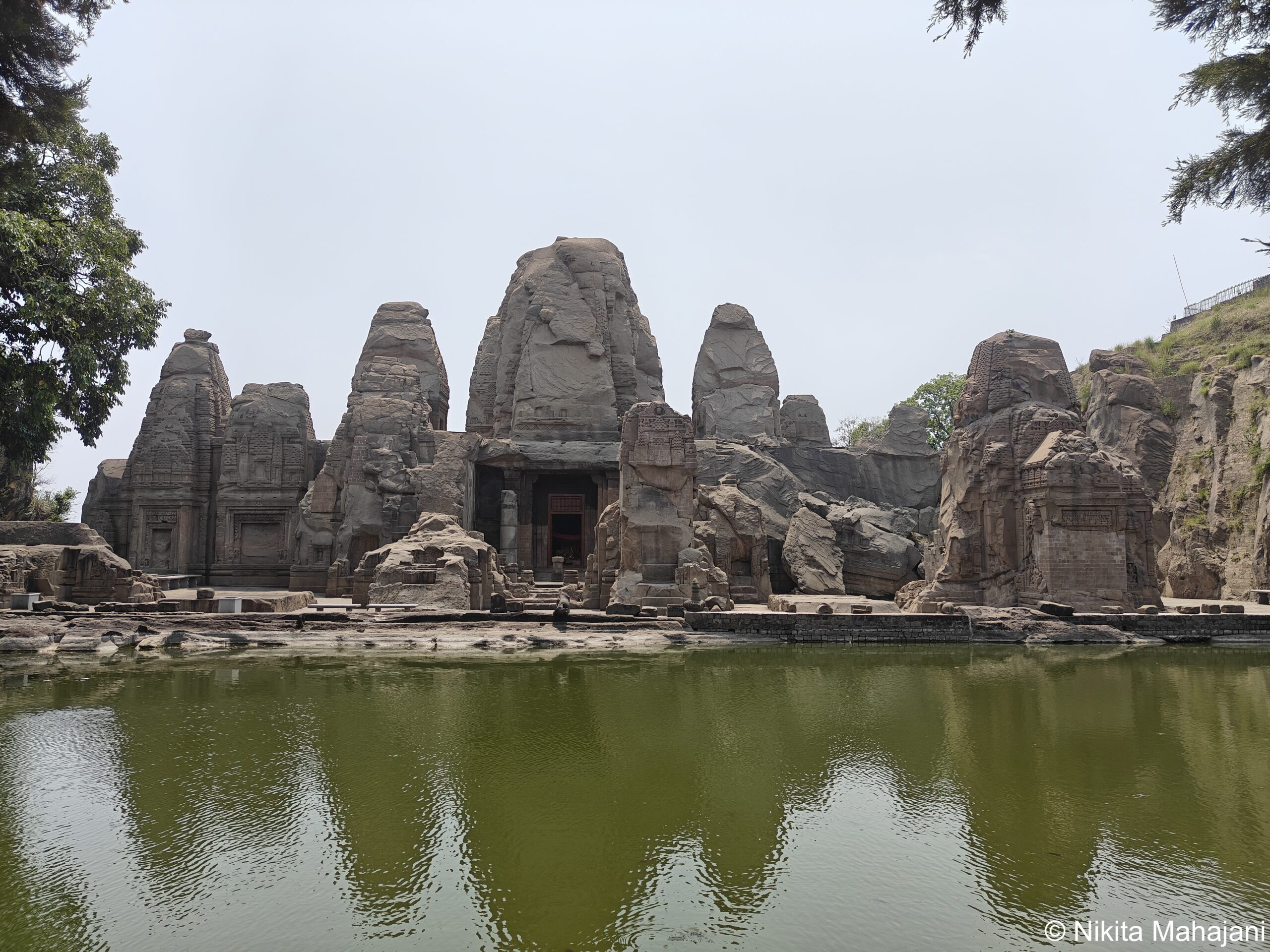
Although the complex stands as an important architectural site today, archaeological evidence indicates that the original design was much grander and remains unfinished. Many of the sculptures and carvings have been lost or severely damaged, likely due to earthquakes.
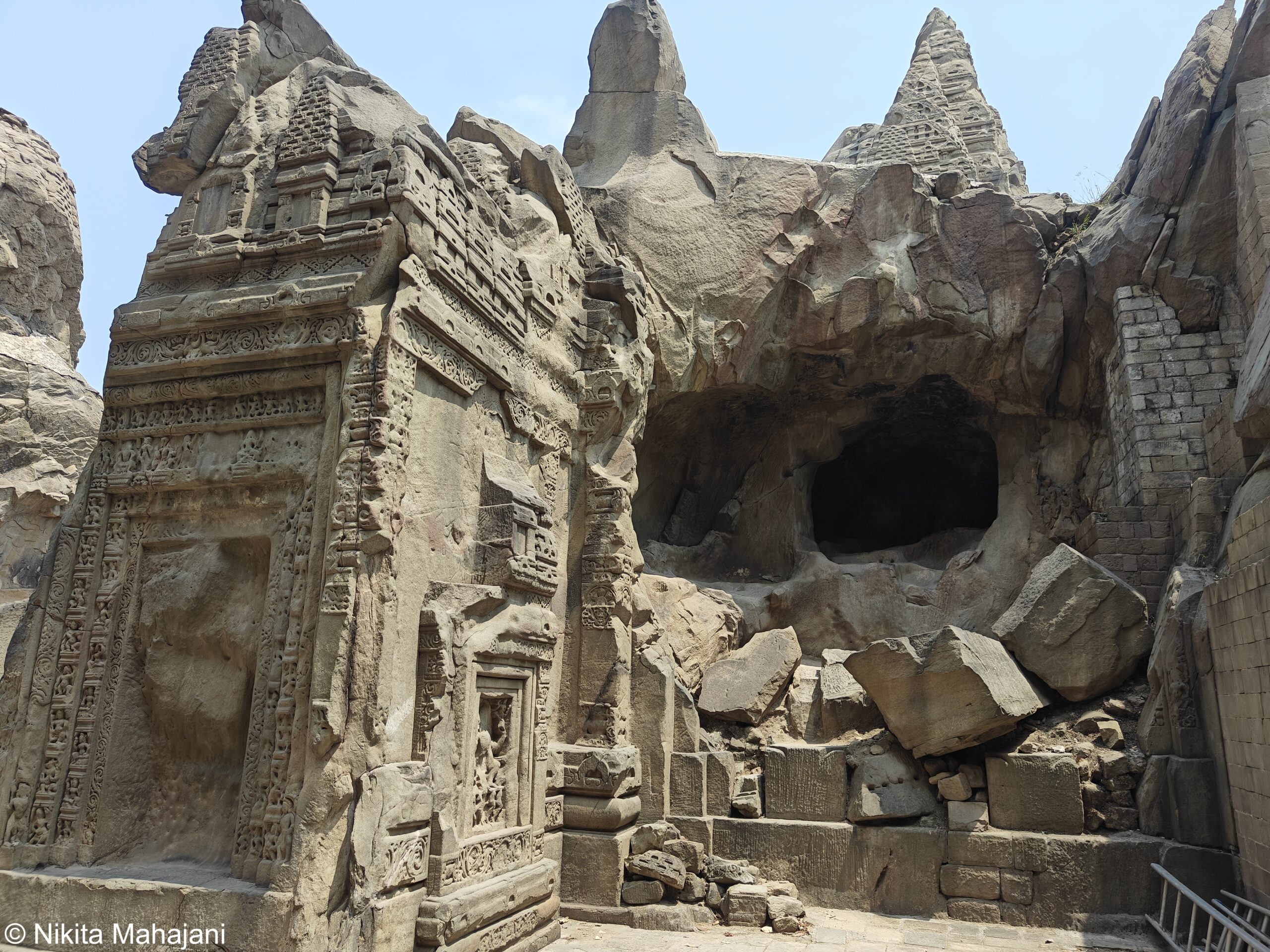
Carved from a single rock, the temple features a shikhara (spire) and a sacred water tank in line with traditional Hindu architectural guidelines. The complex includes three entrances—on the northeast, southeast, and northwest—two of which remain incomplete. Traces of a planned fourth entrance also exist but were never completed. Early 20th-century archaeologists overlooked this aspect, leading to some confusion in initial documentation. The layout follows a symmetrical square grid, with the main temple surrounded by smaller shrines arranged in a mandala-like pattern. The sanctum and other shrines all follow a square plan, and the temple walls are adorned with reliefs depicting key deities and mythological stories from Hindu scriptures.
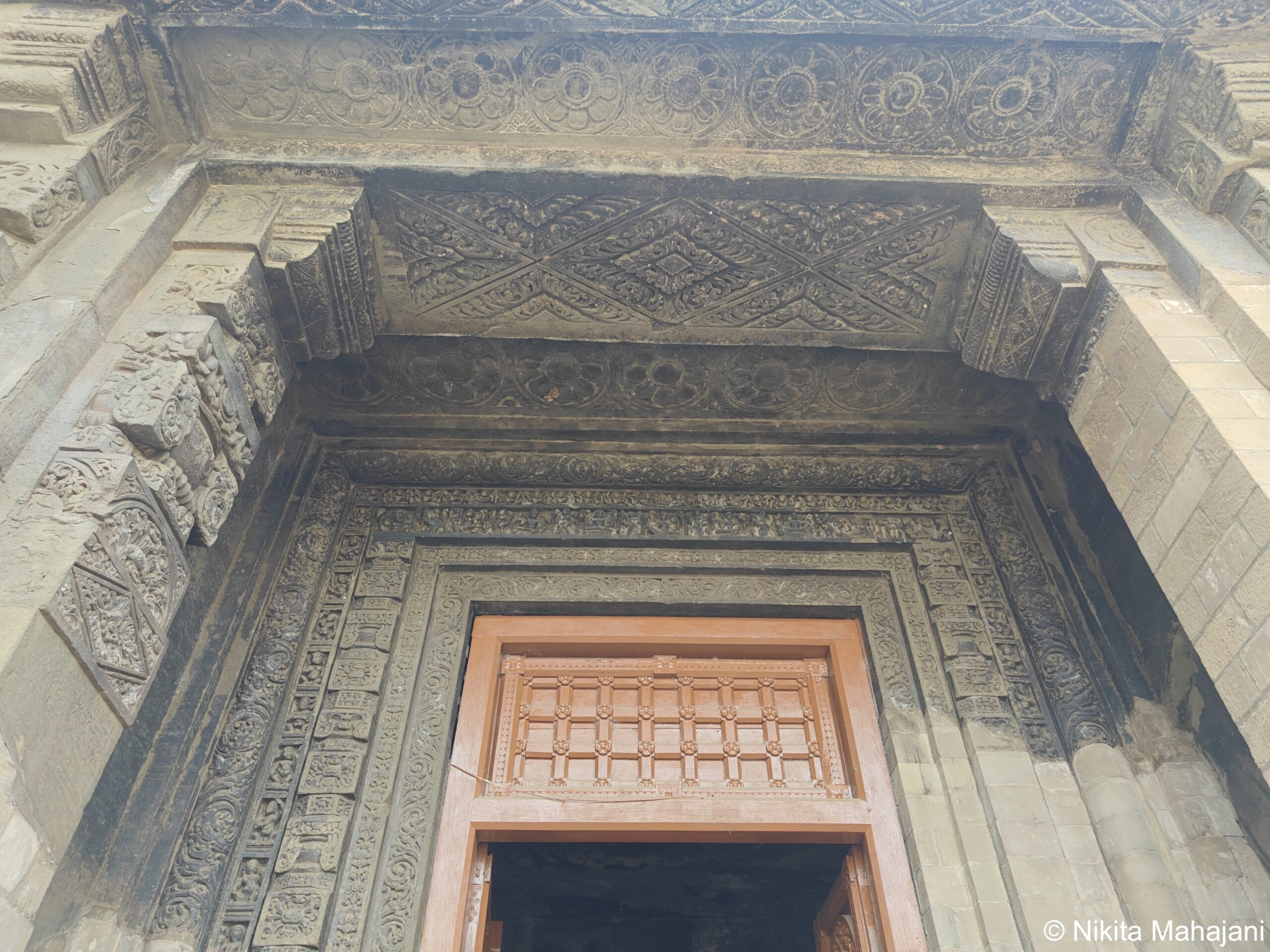
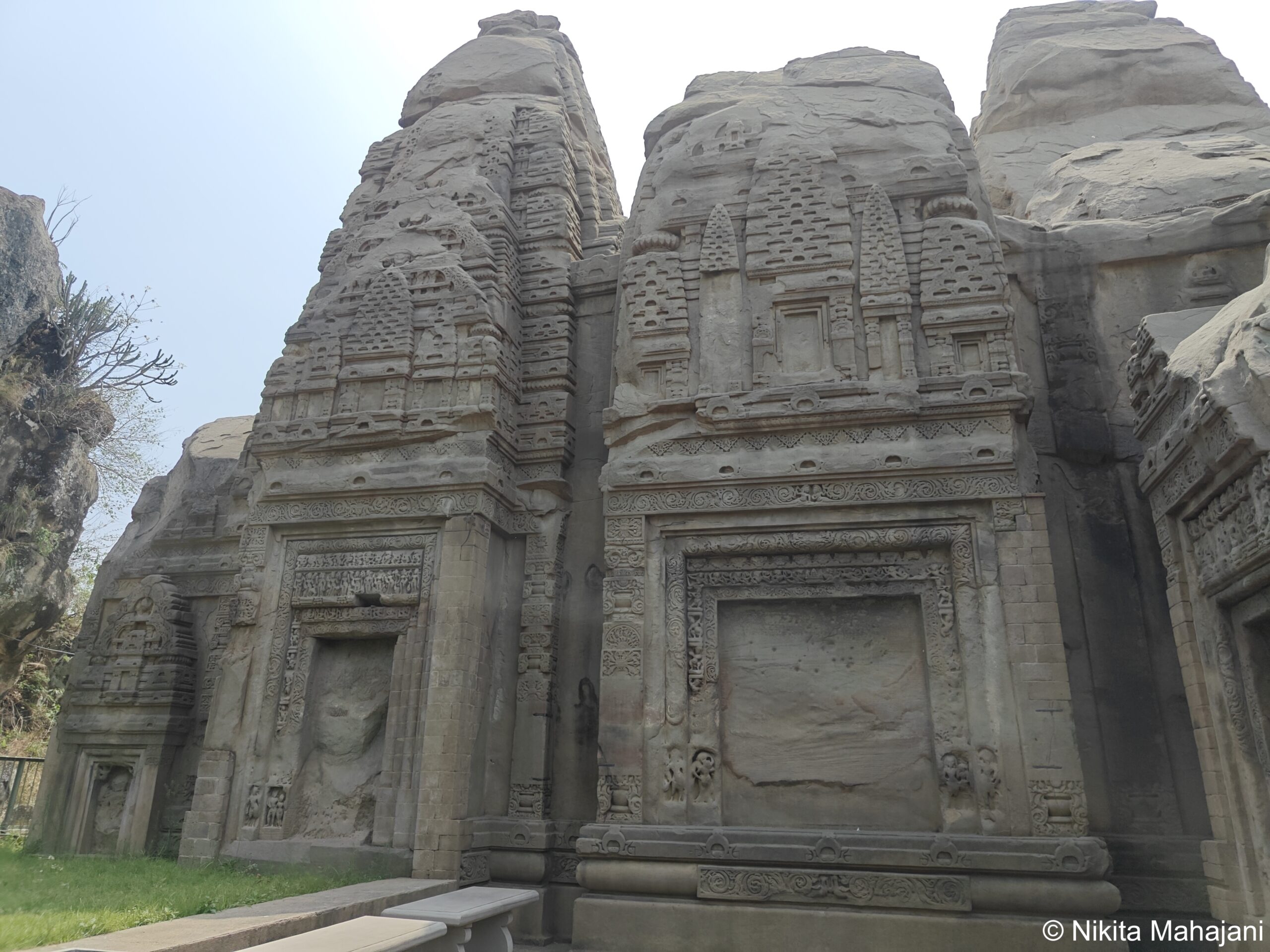
The site was first brought to scholarly attention by Henry Shuttleworth in 1913 and later studied by Harold Hargreaves of the Archaeological Survey of India in 1915. Art historian Michael Meister describes the Masroor Temples as a rare surviving example of temple-mountain architecture, harmoniously blending with the surrounding natural landscape.
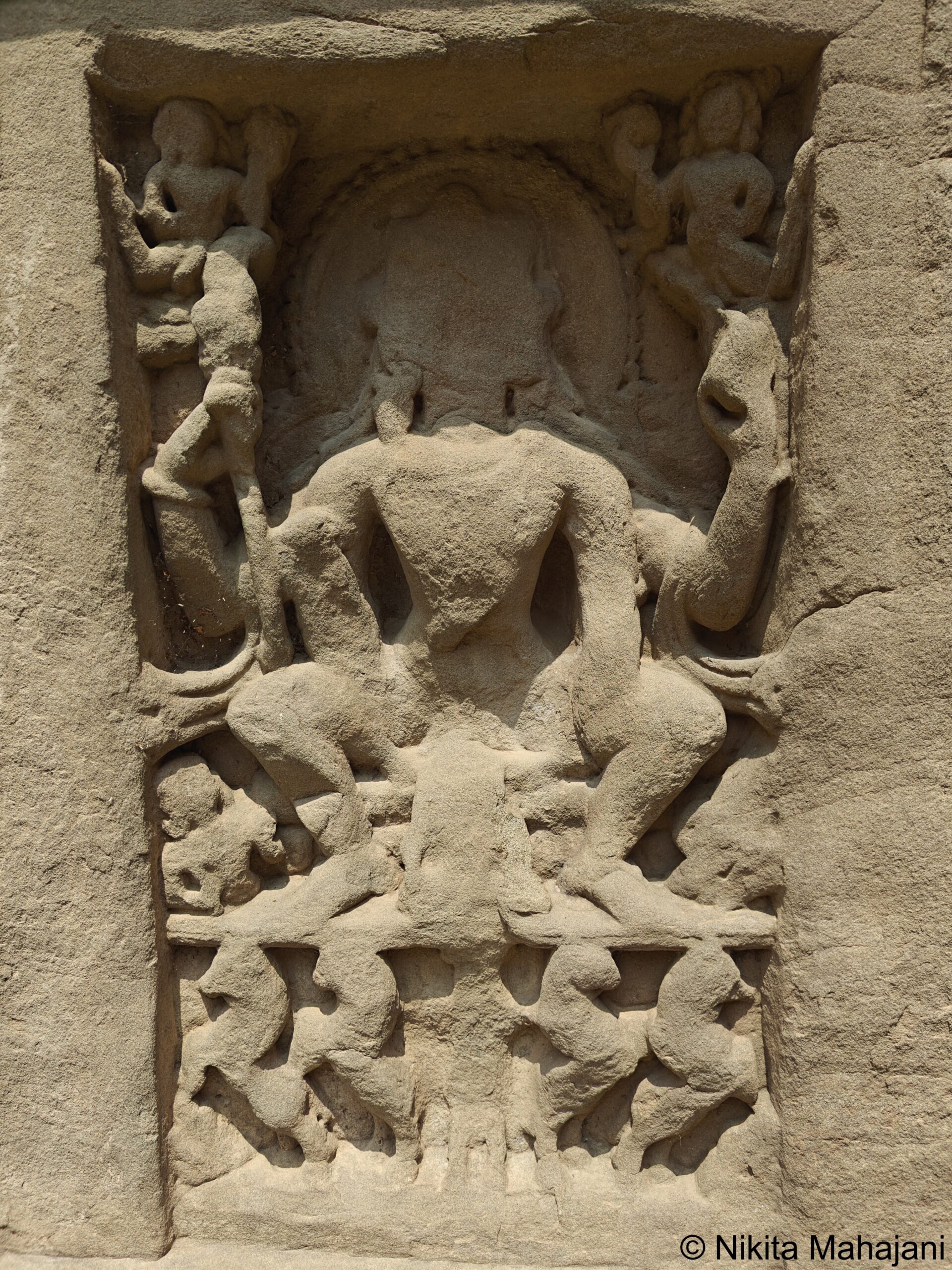
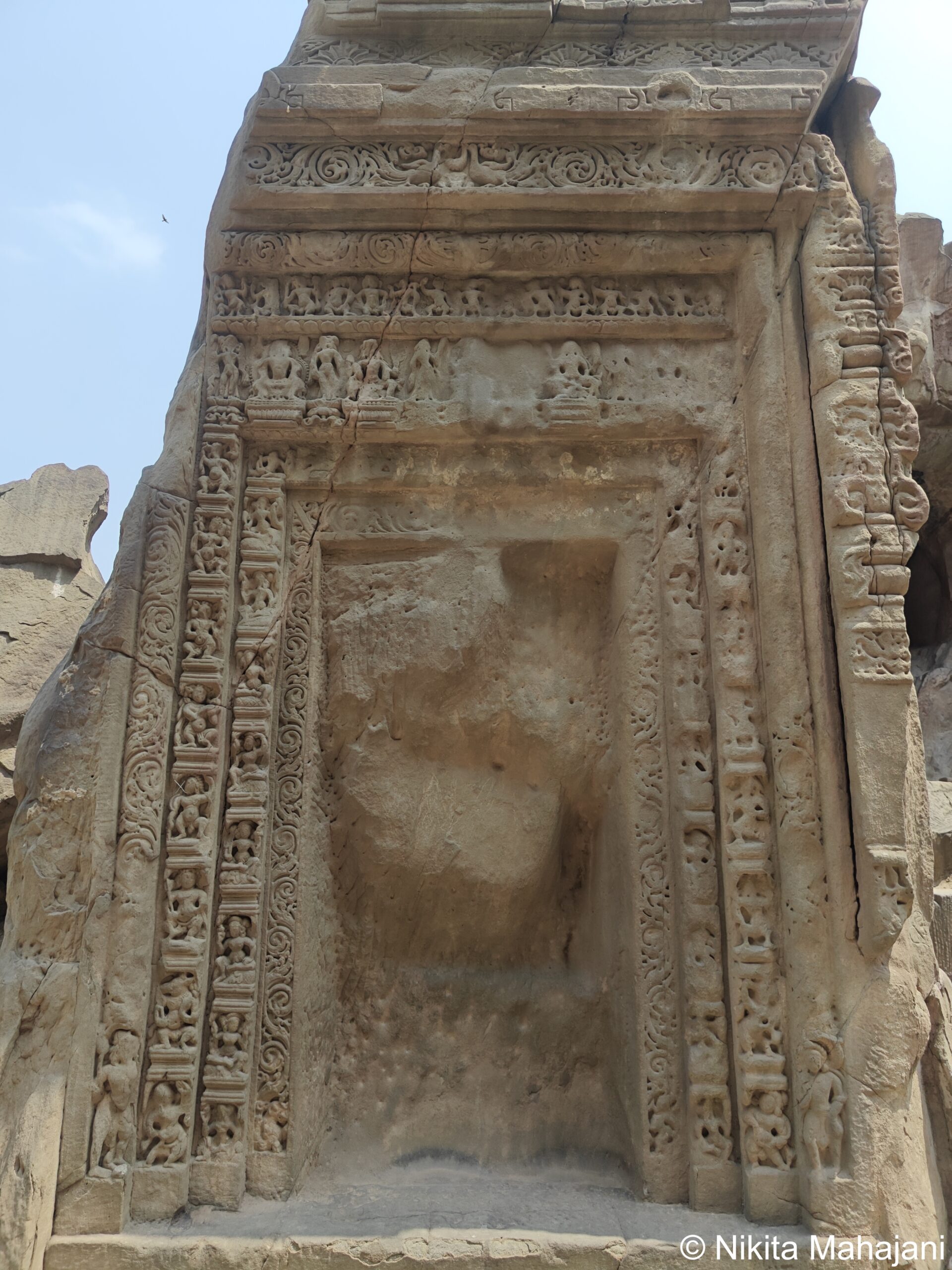
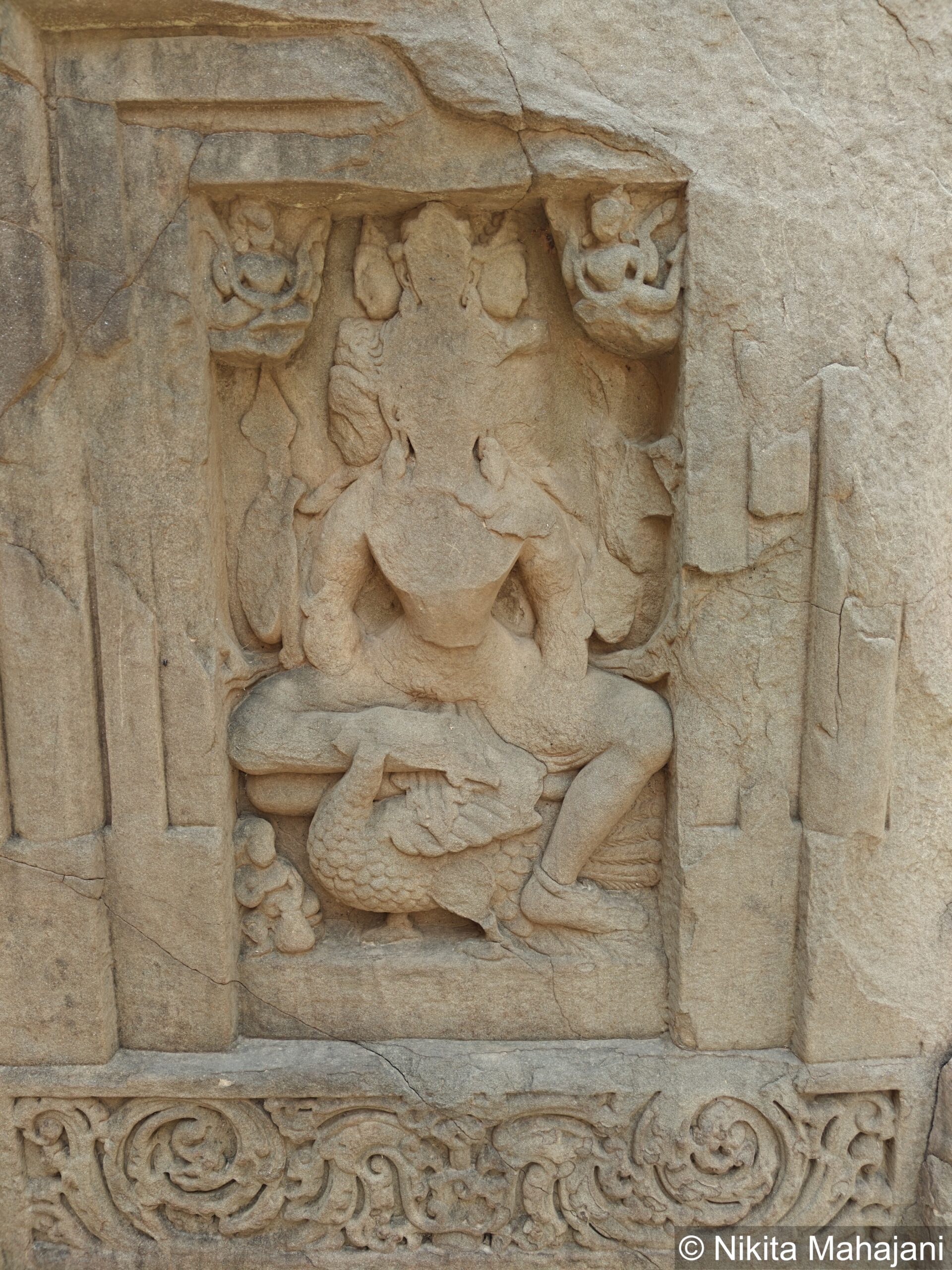
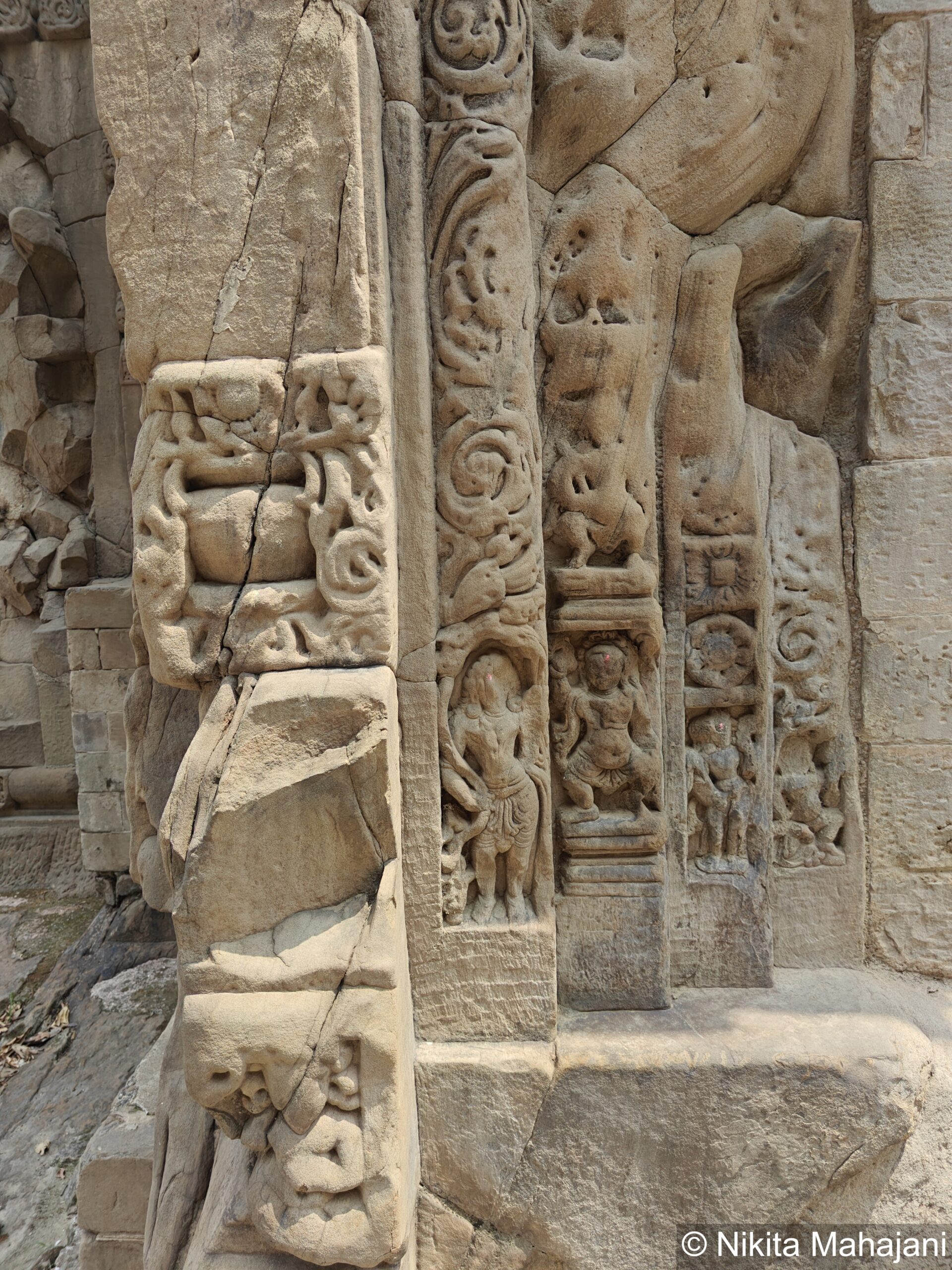
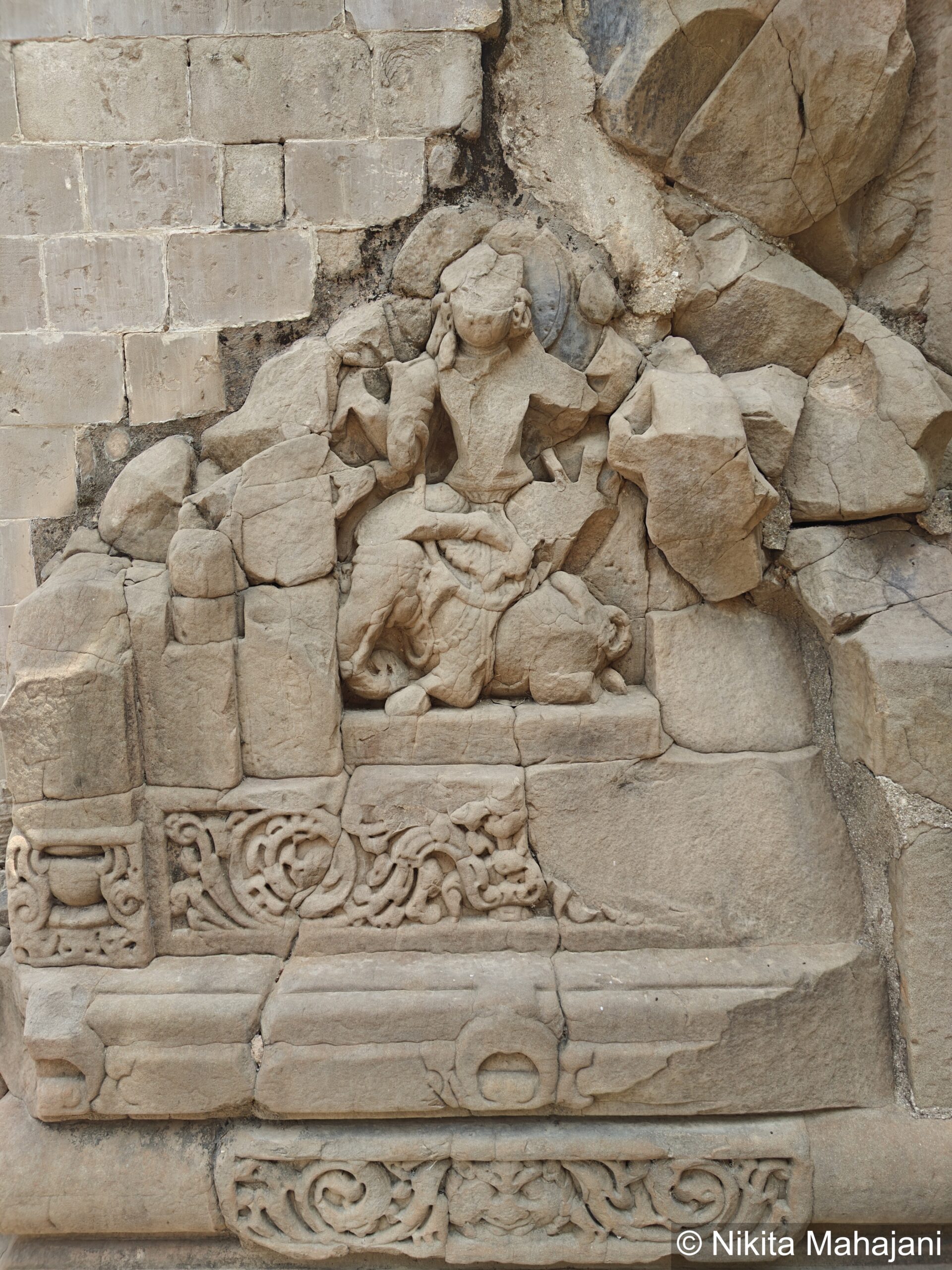
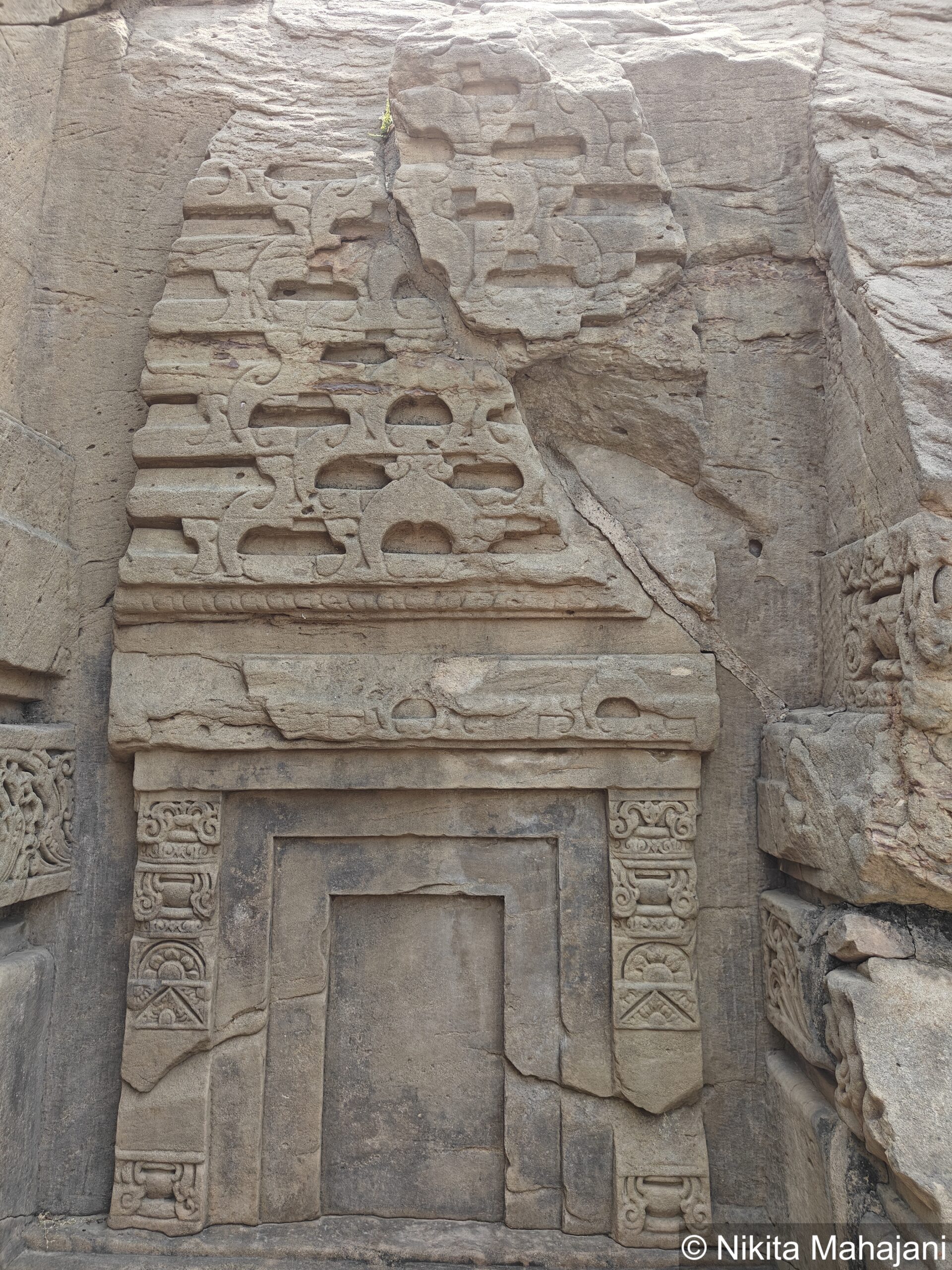
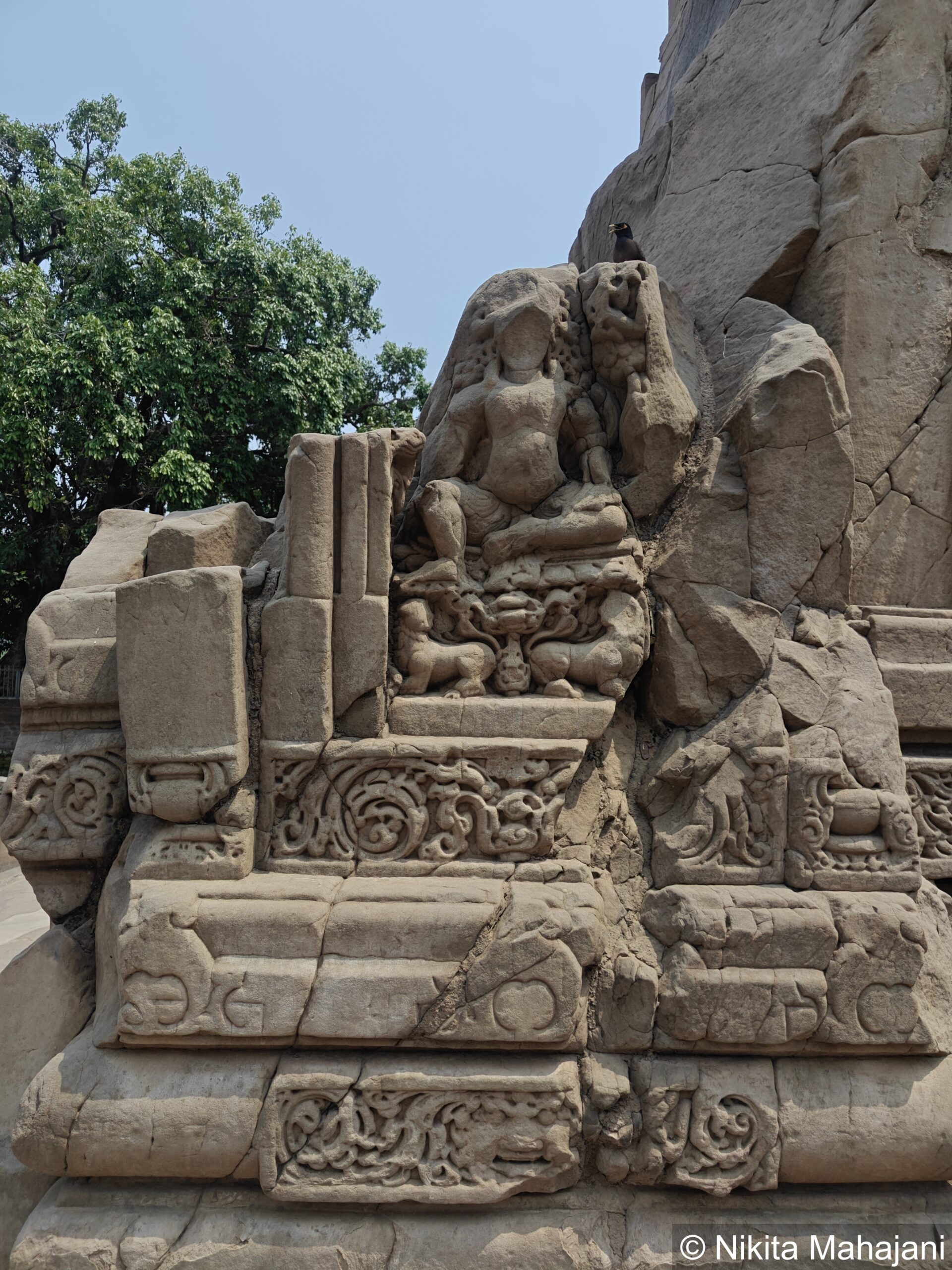
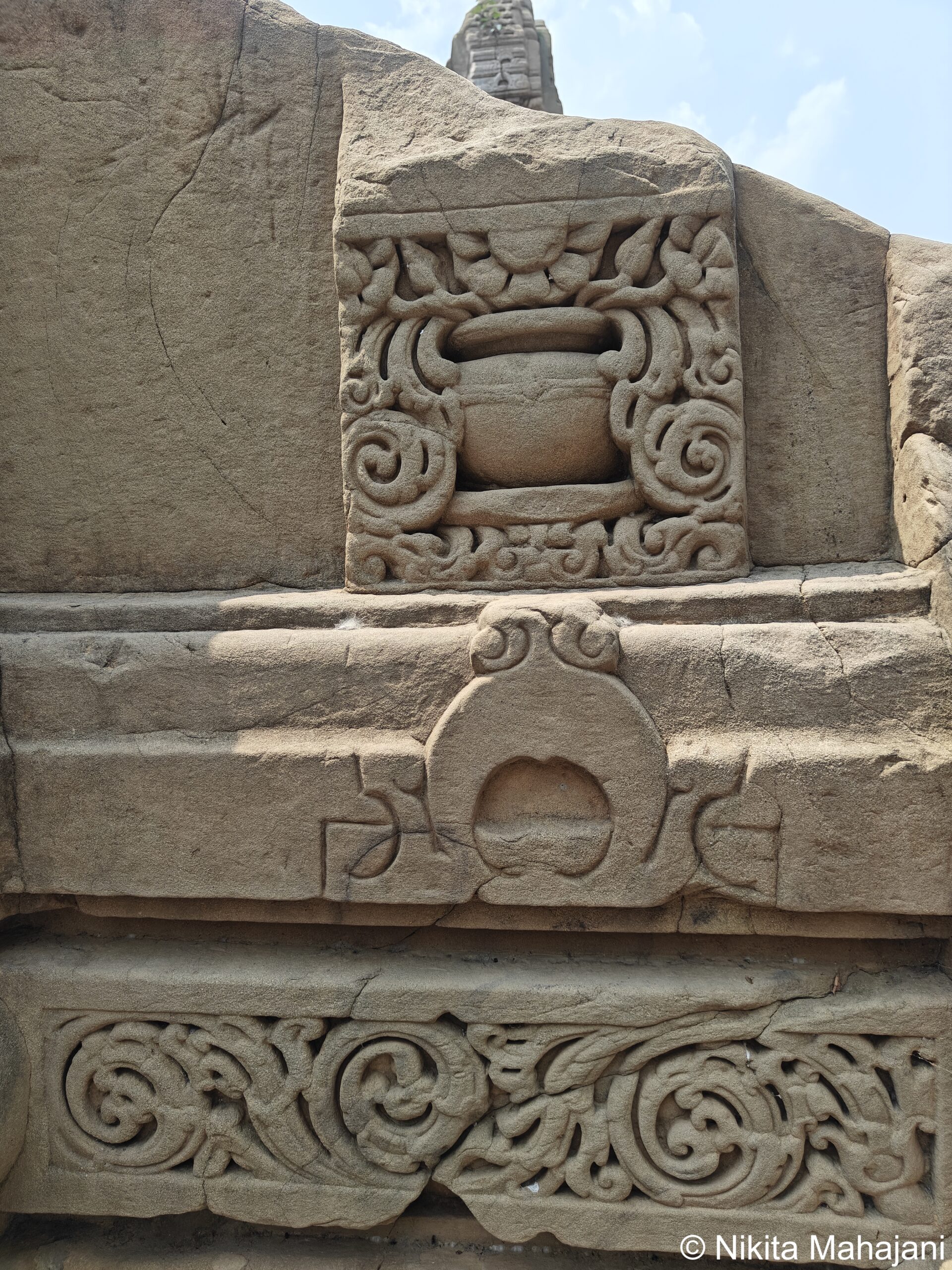
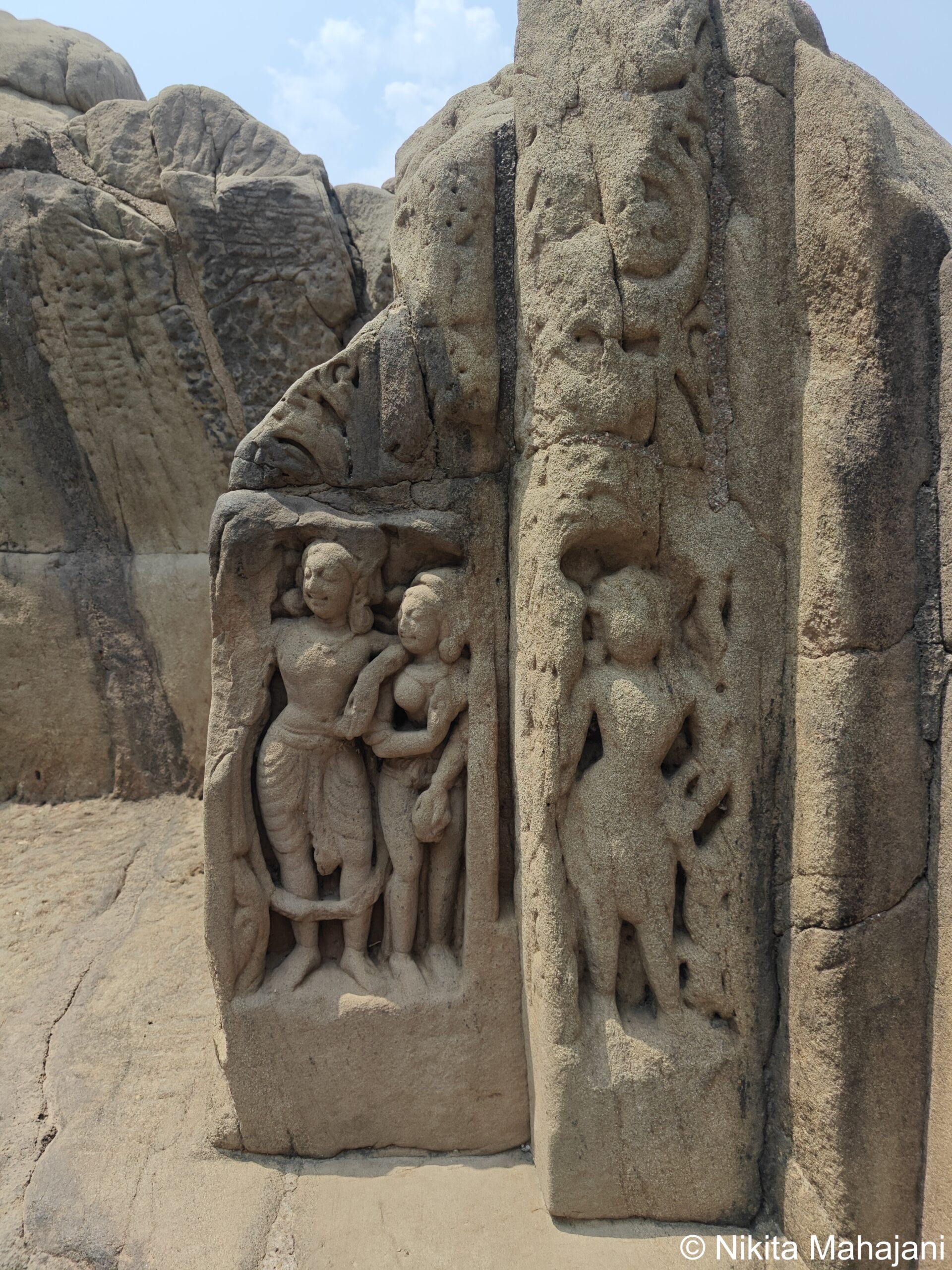
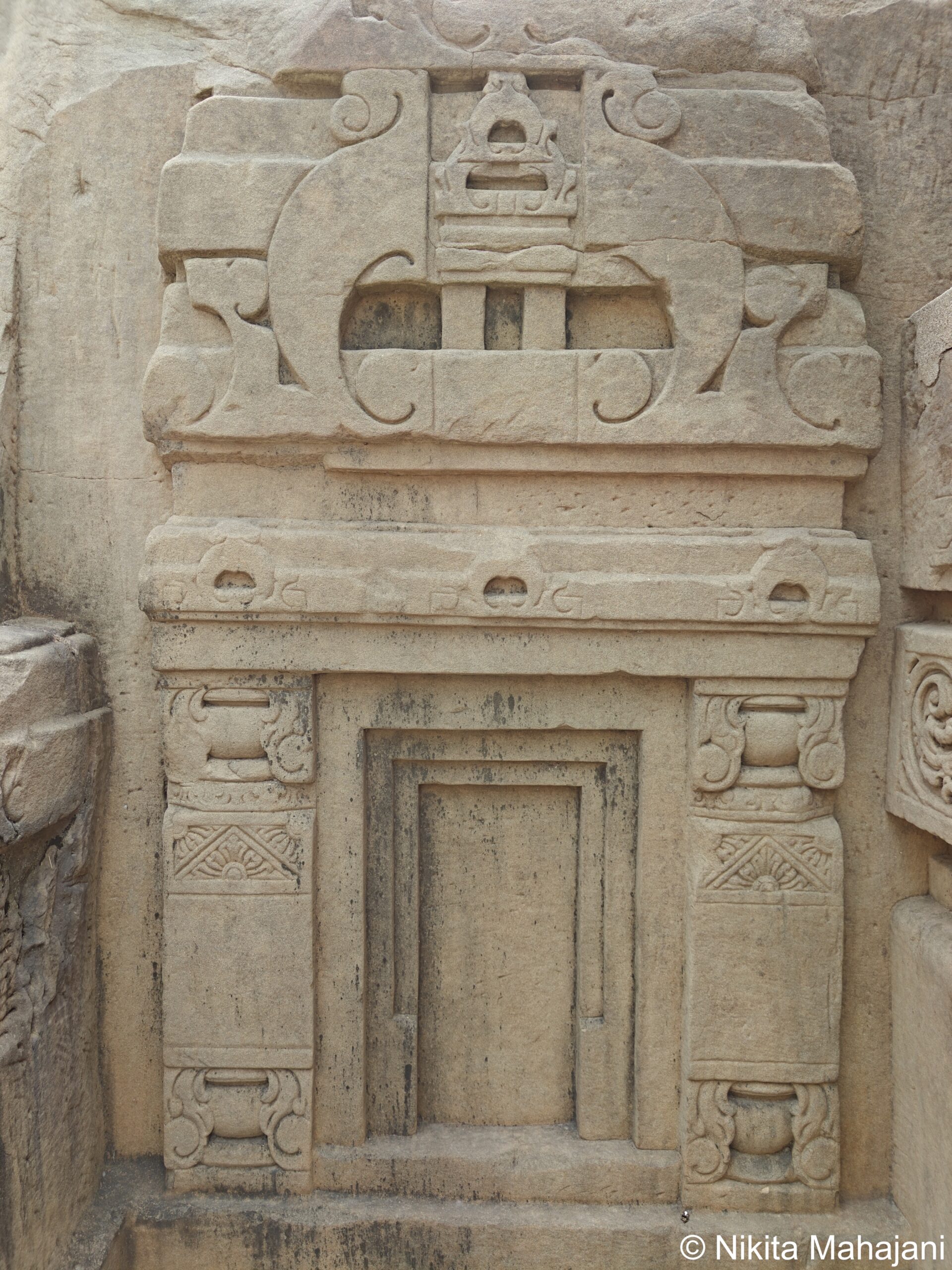
After spending some time at the , we started the journey to Khatiyar near Pong Dam. We reached HPTDC- Maharana Pratap Sagar camping Site and Cafe in Khatiyar (Pong Dam) and spent a relaxed evening.
To read the next blog on Day 06: Pong Dam, Khatiyar, click here.
Where did we eat ?
Sharma Punjabi Dhaba
HPTDC- Maharana Pratap Sagar camping Site and Cafe
